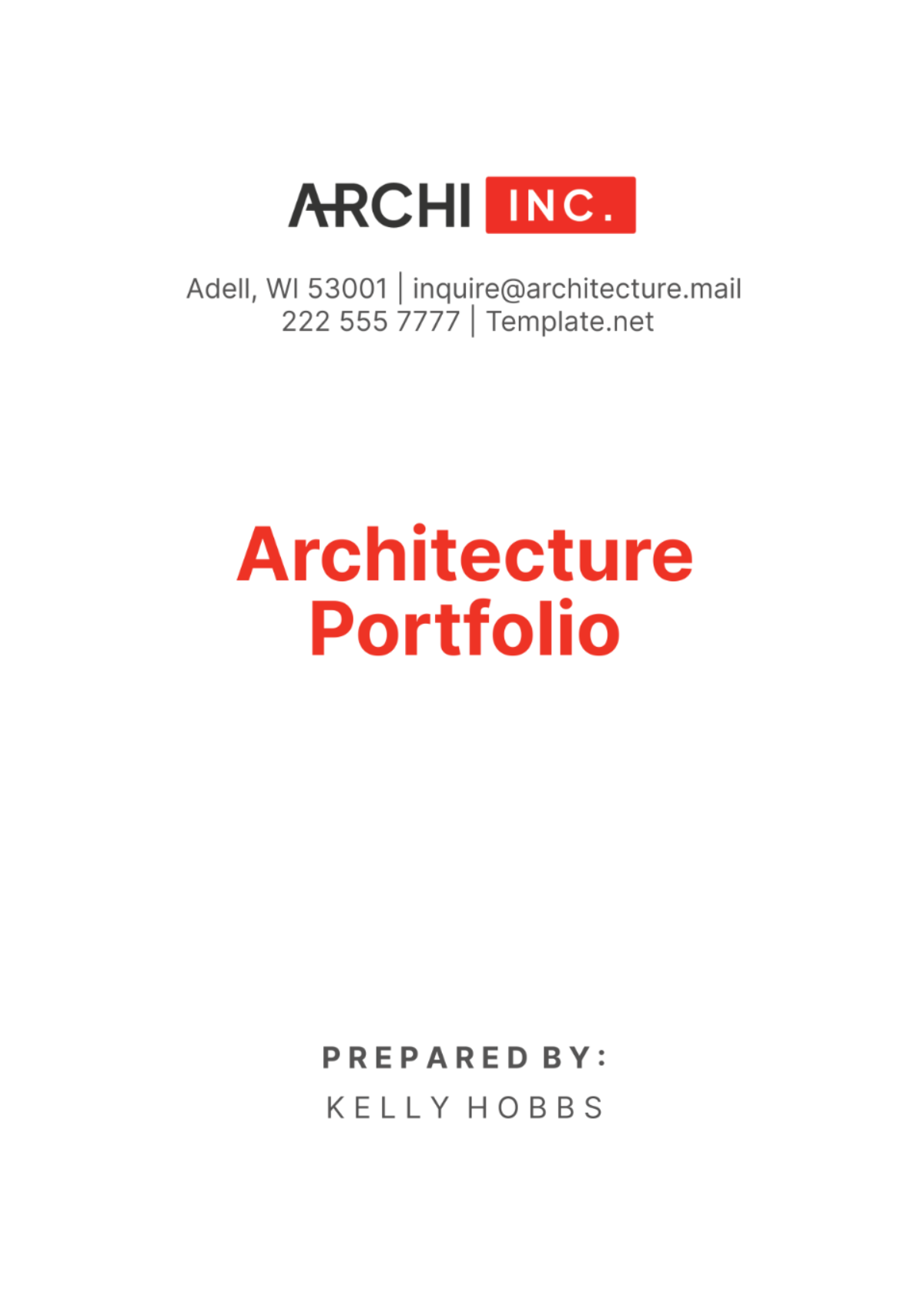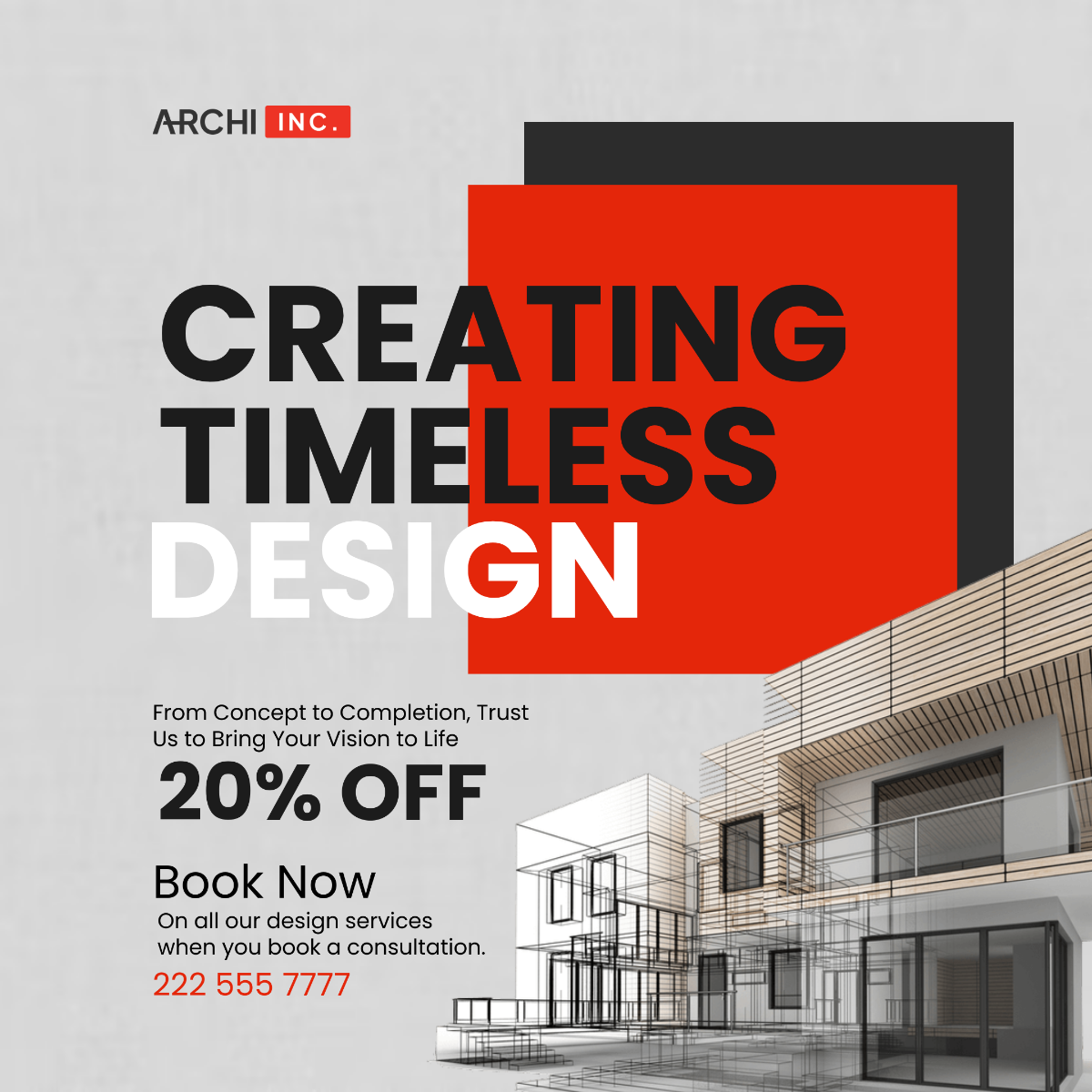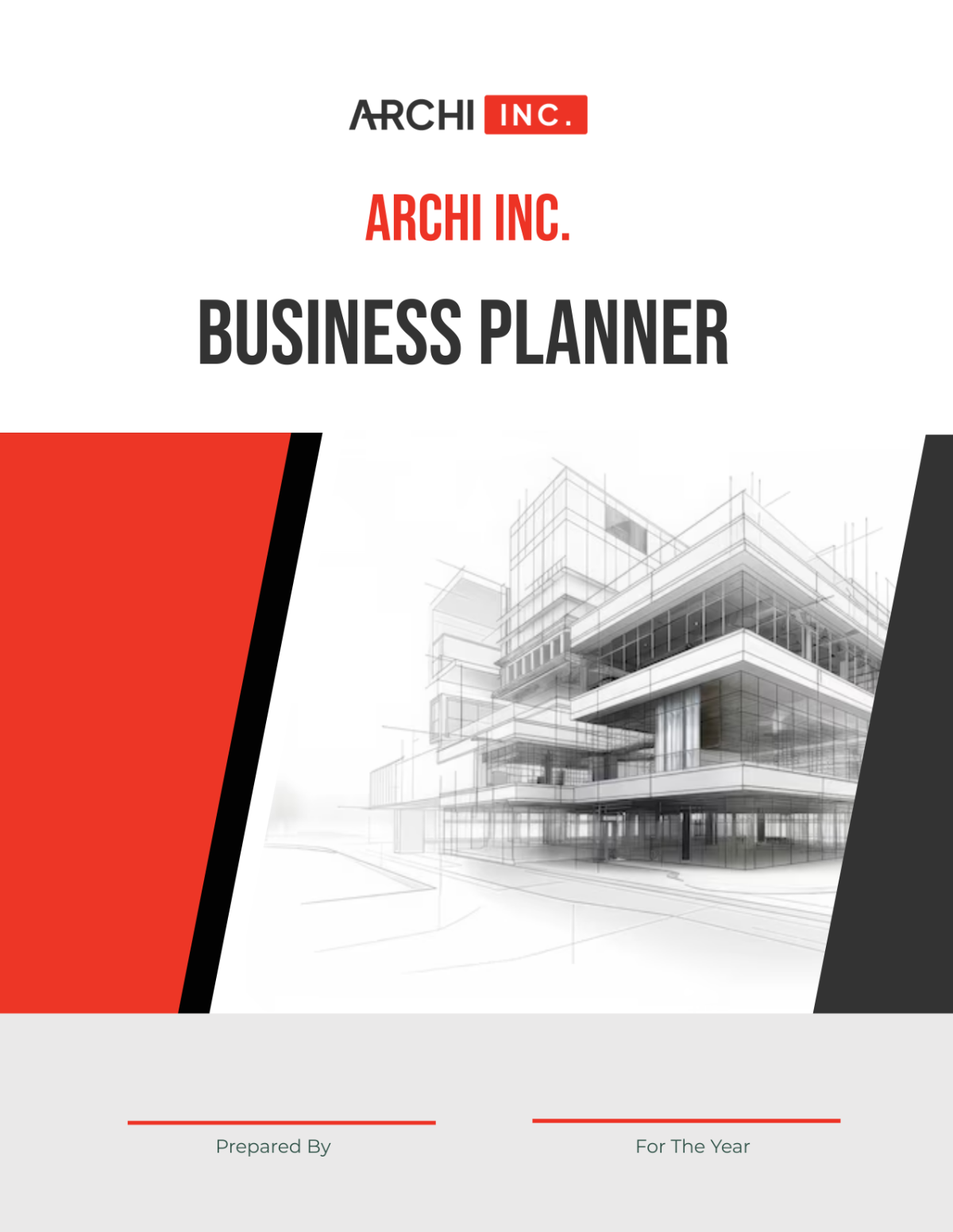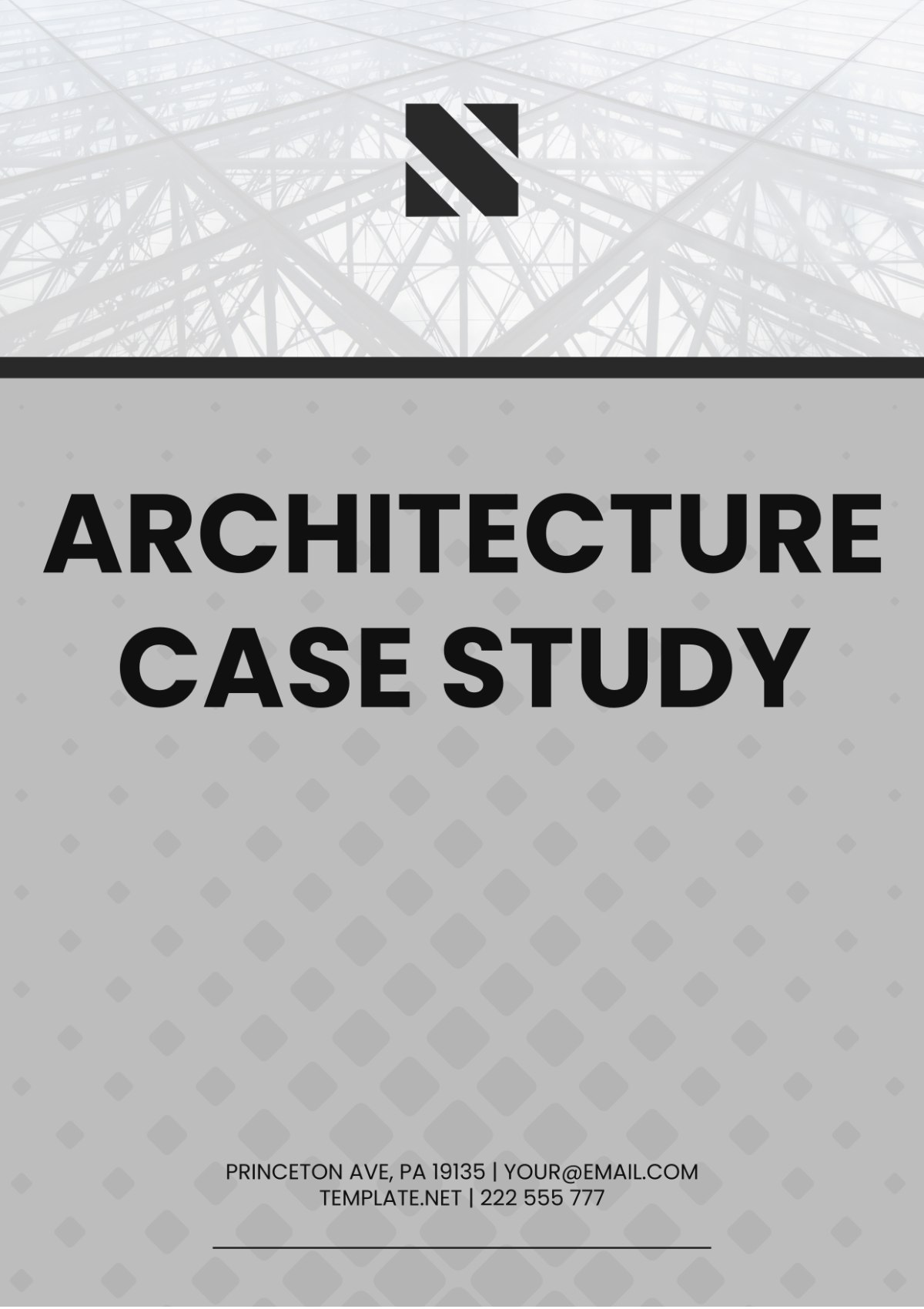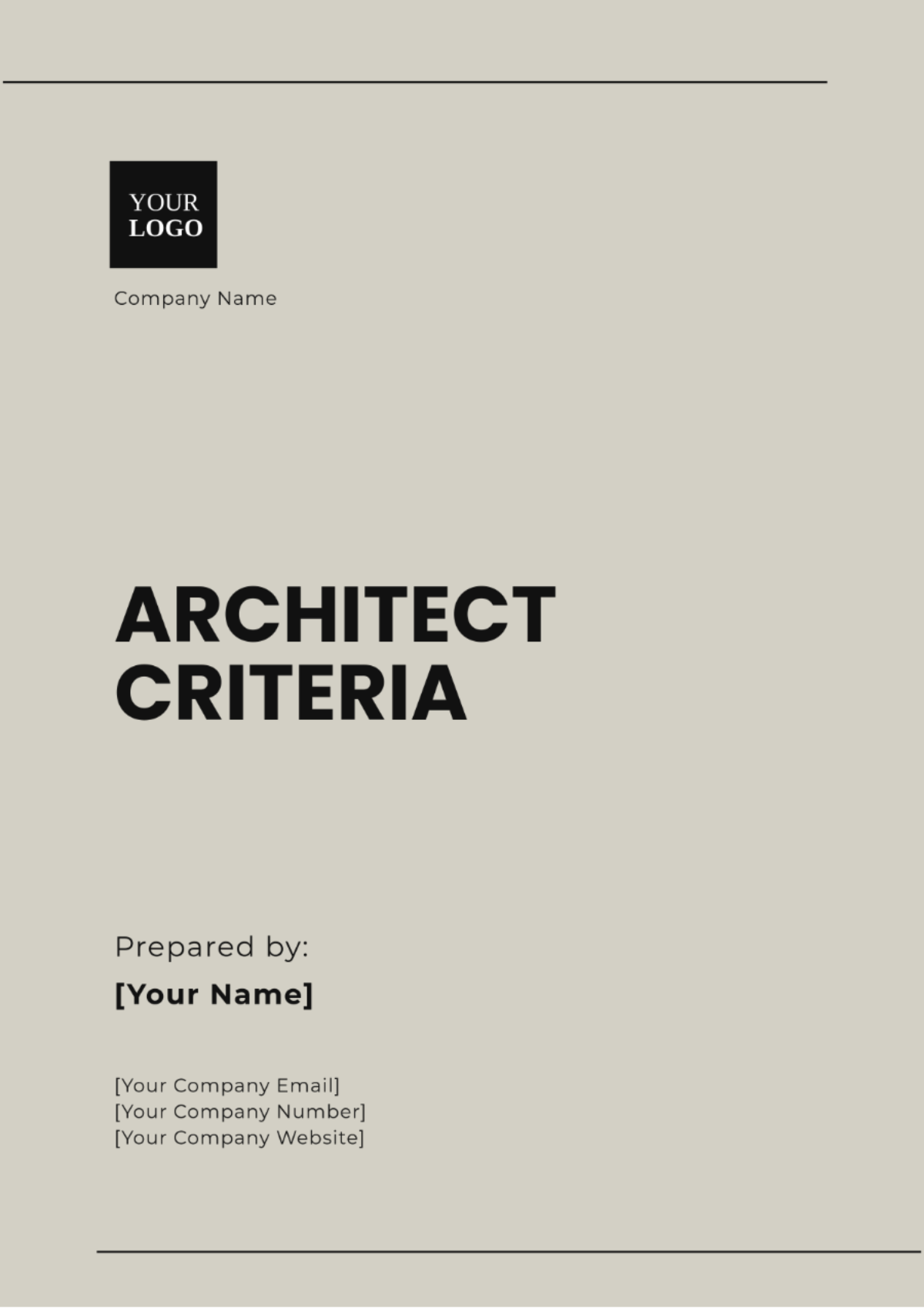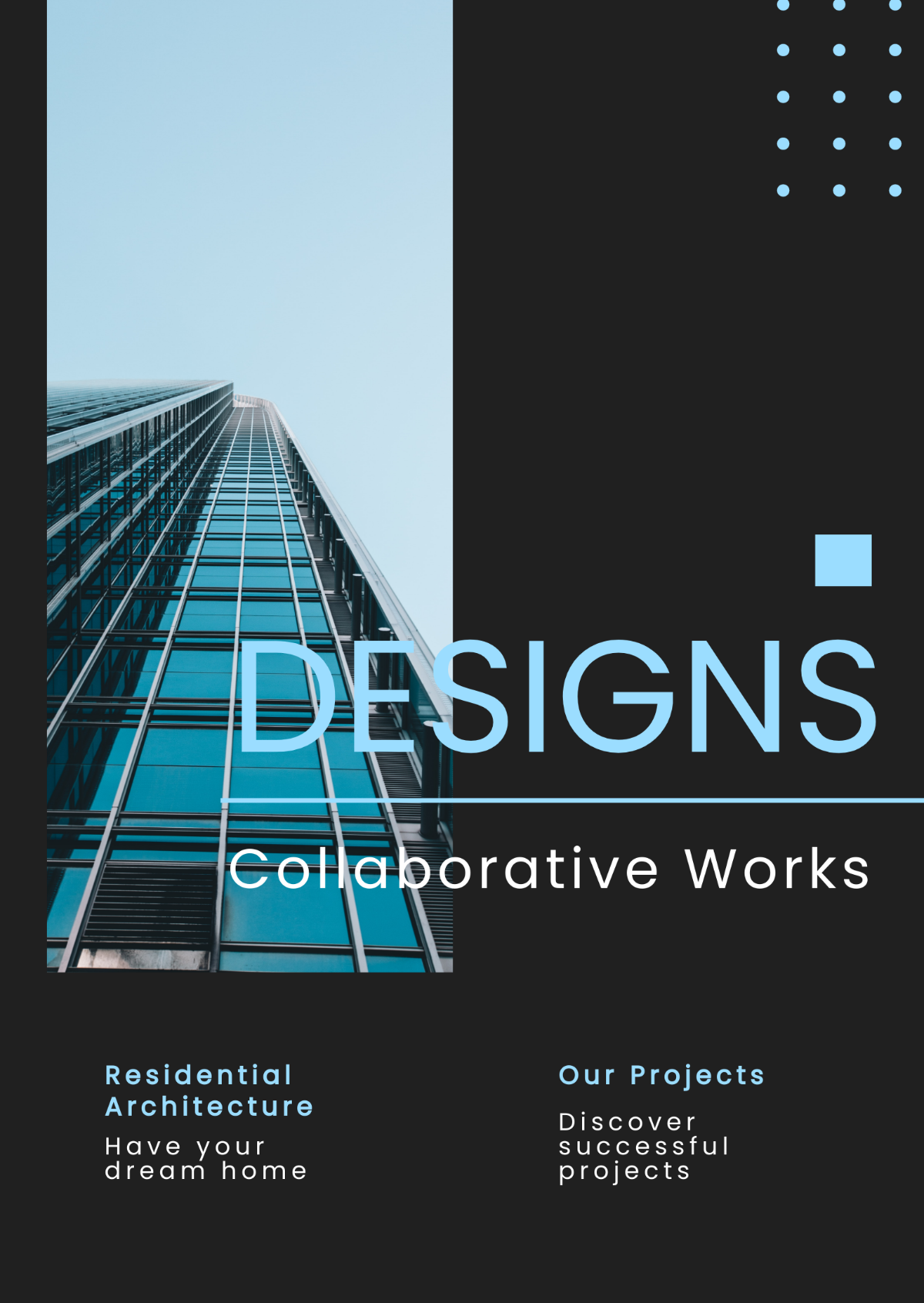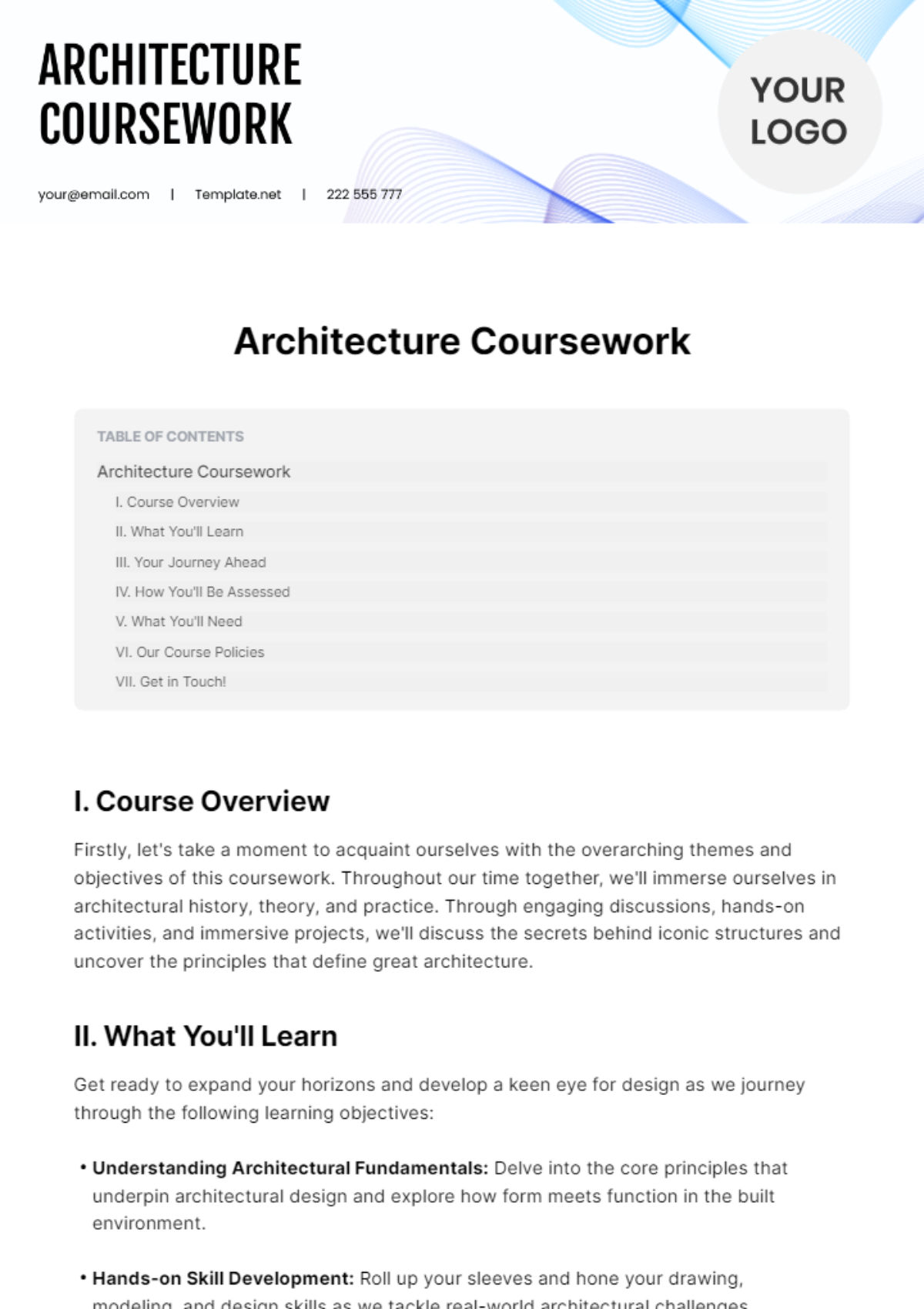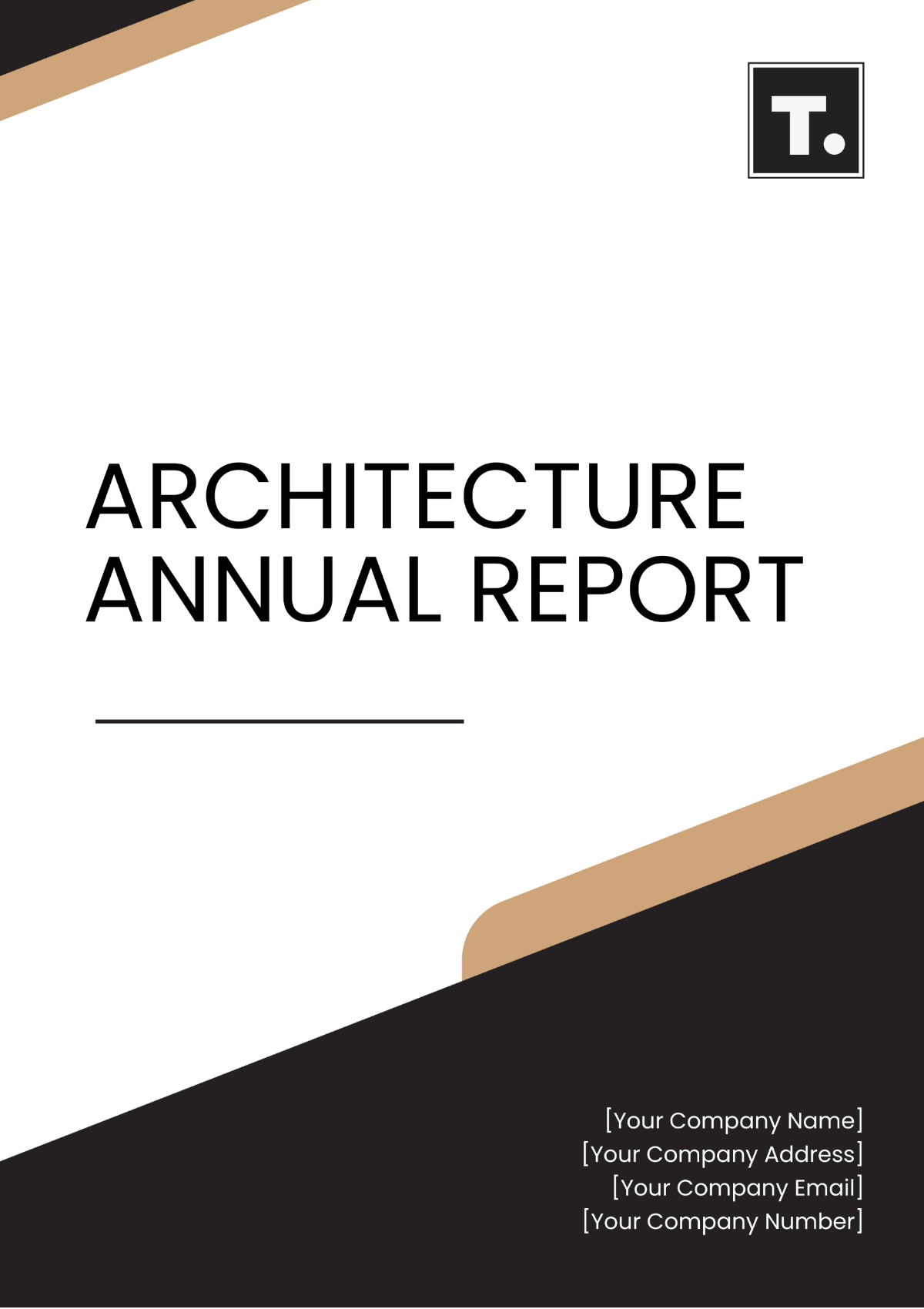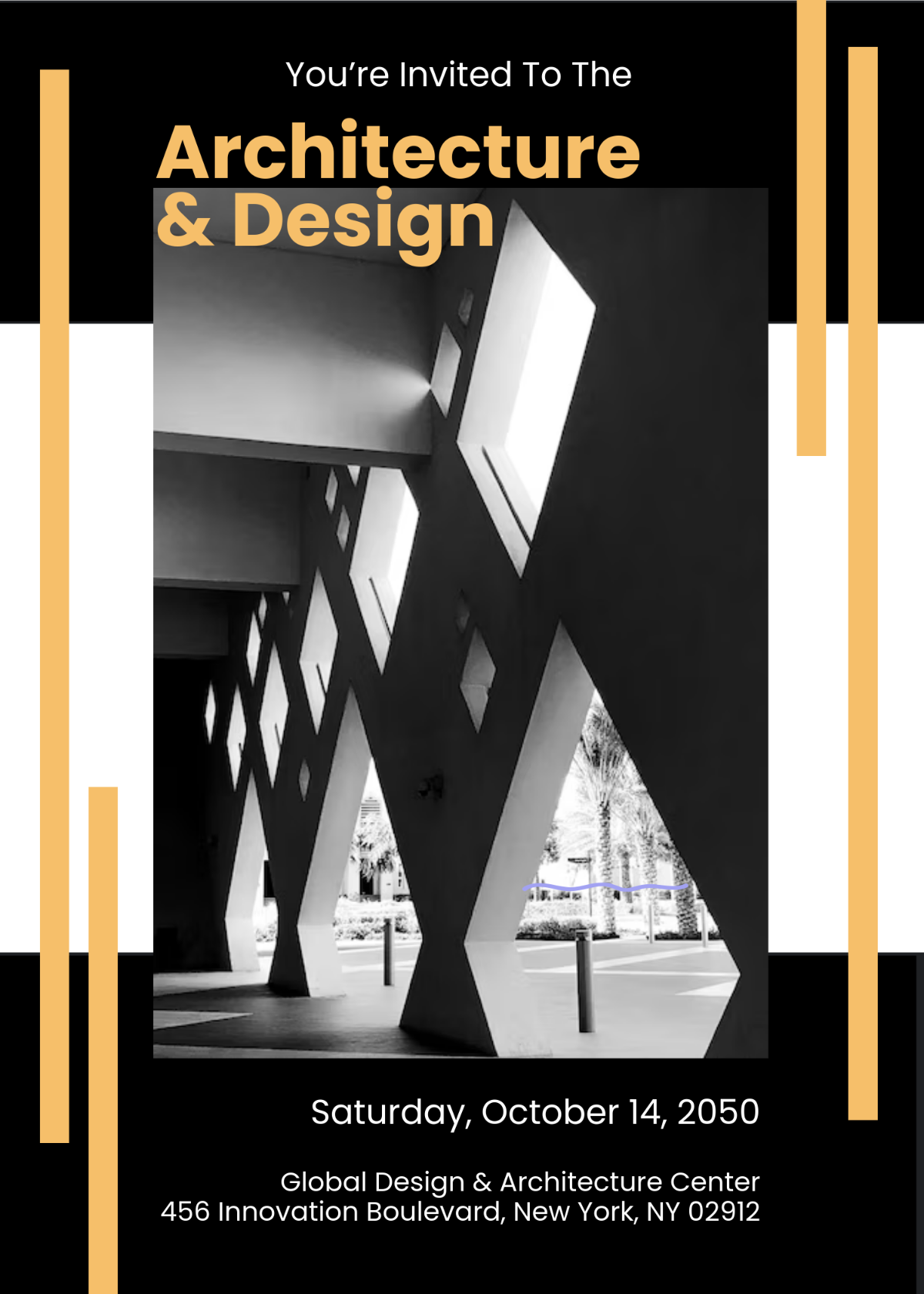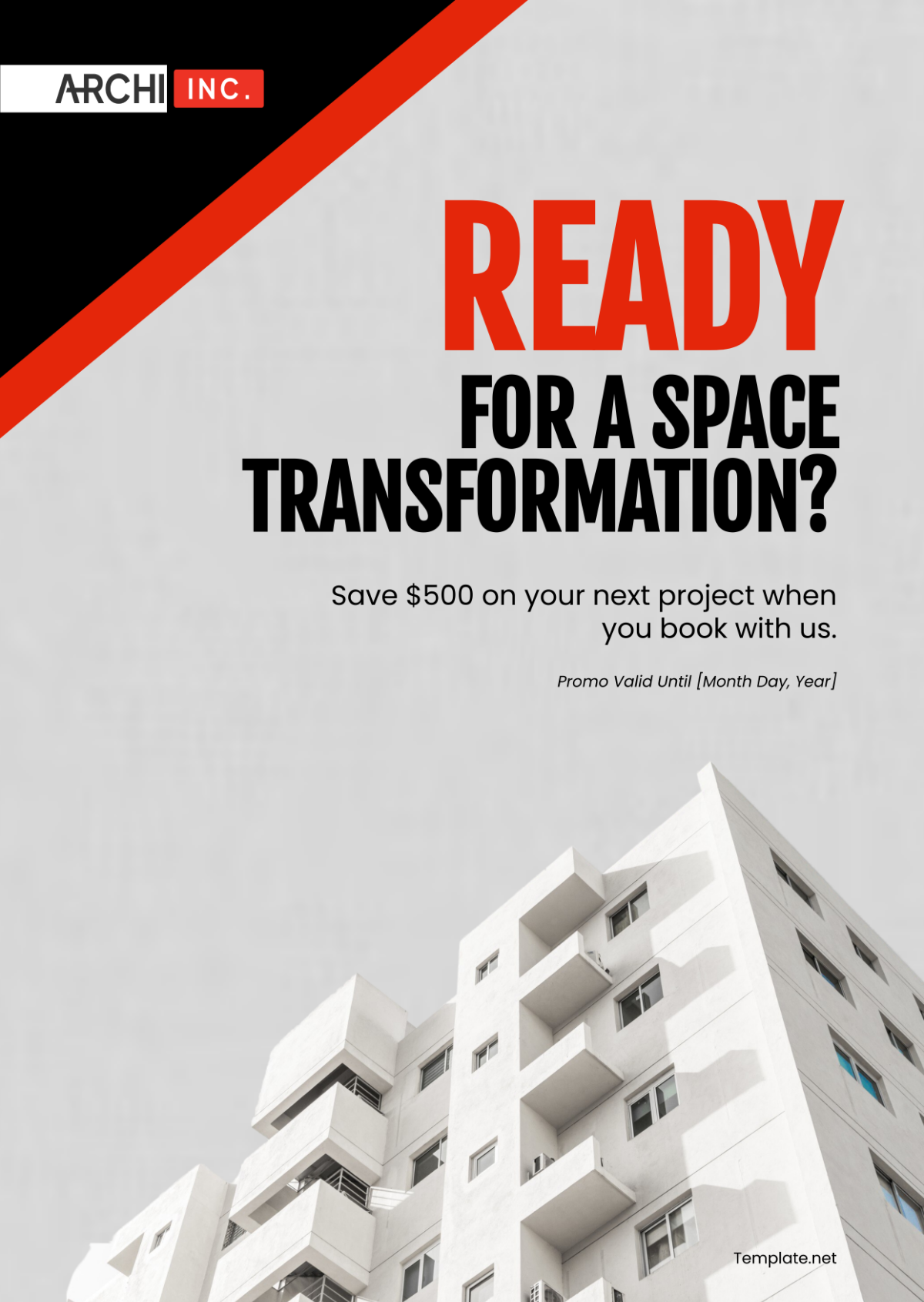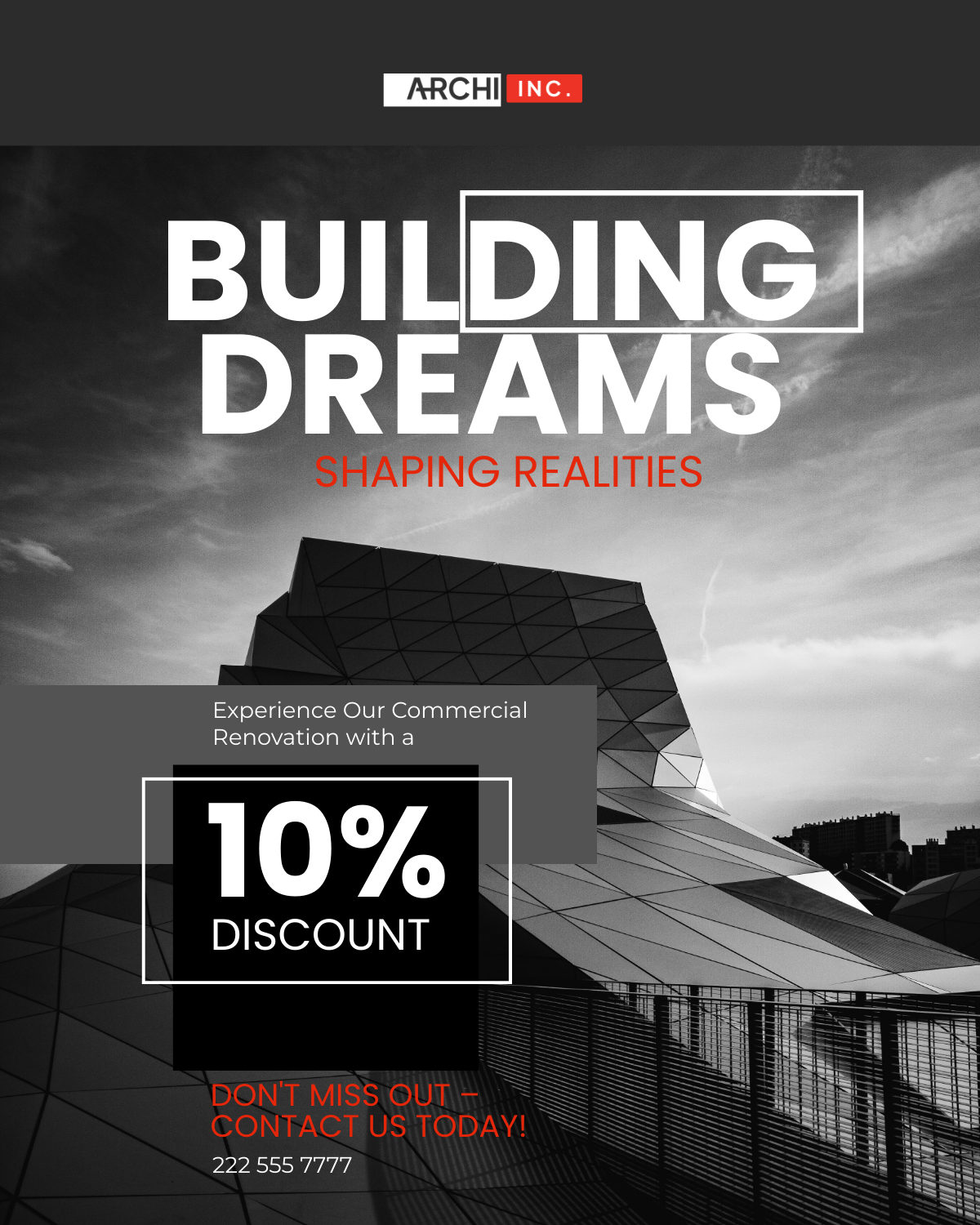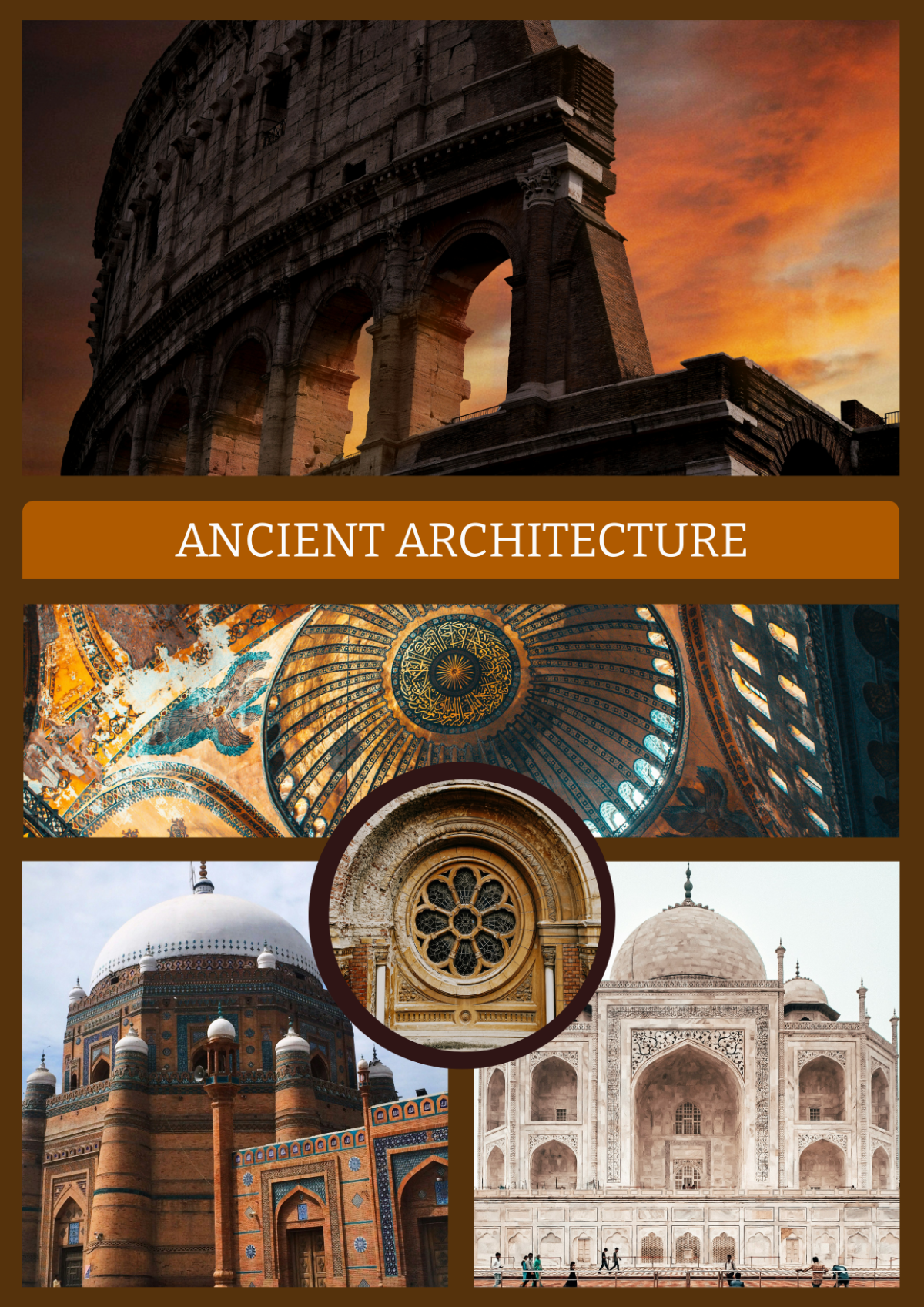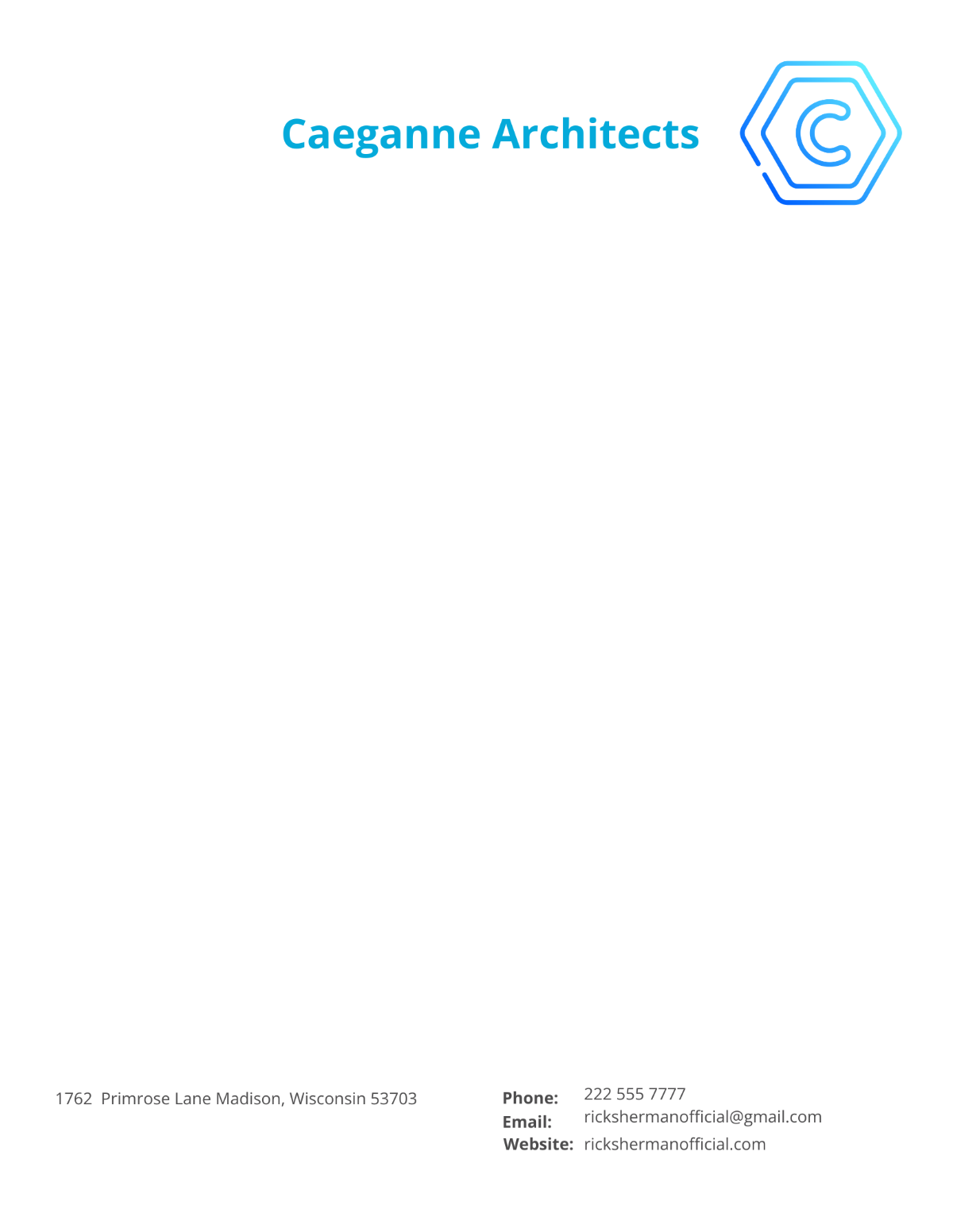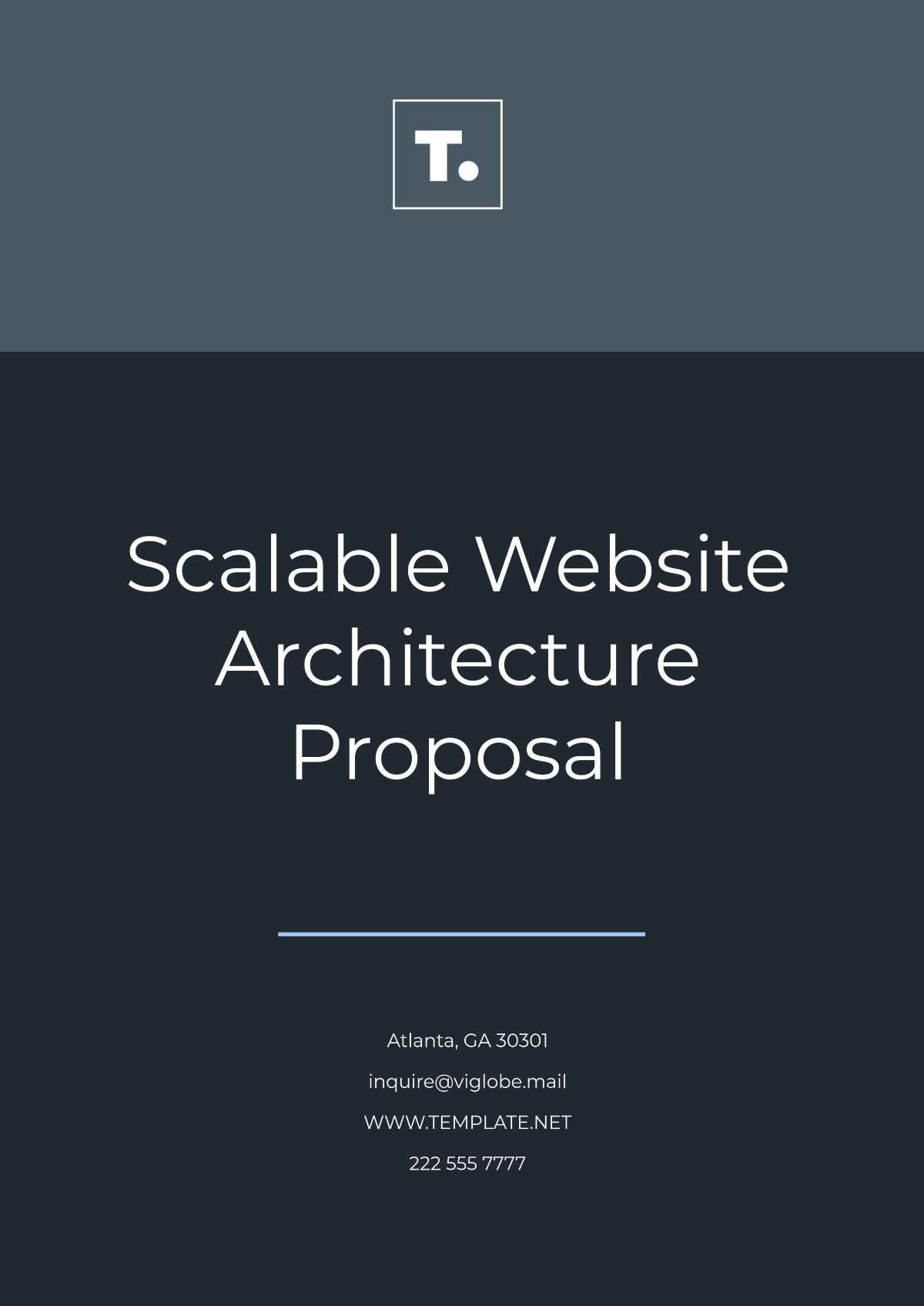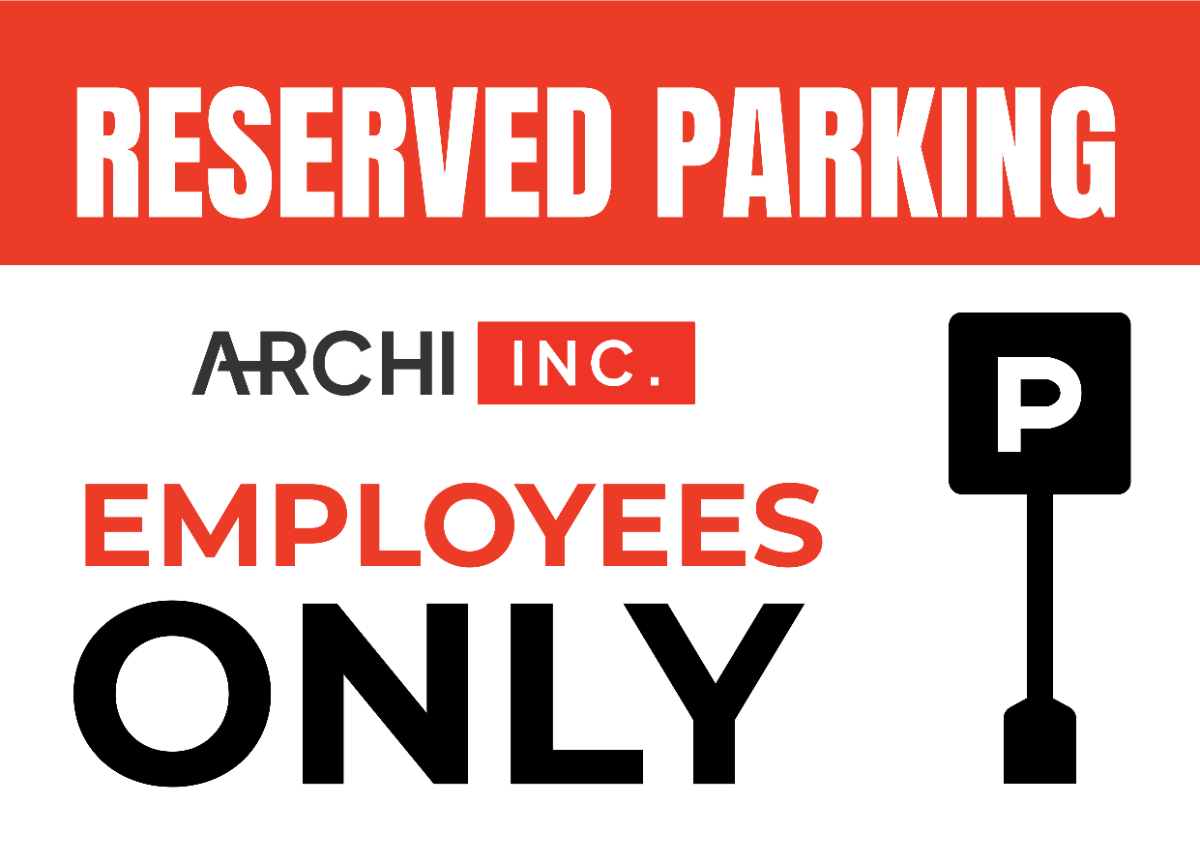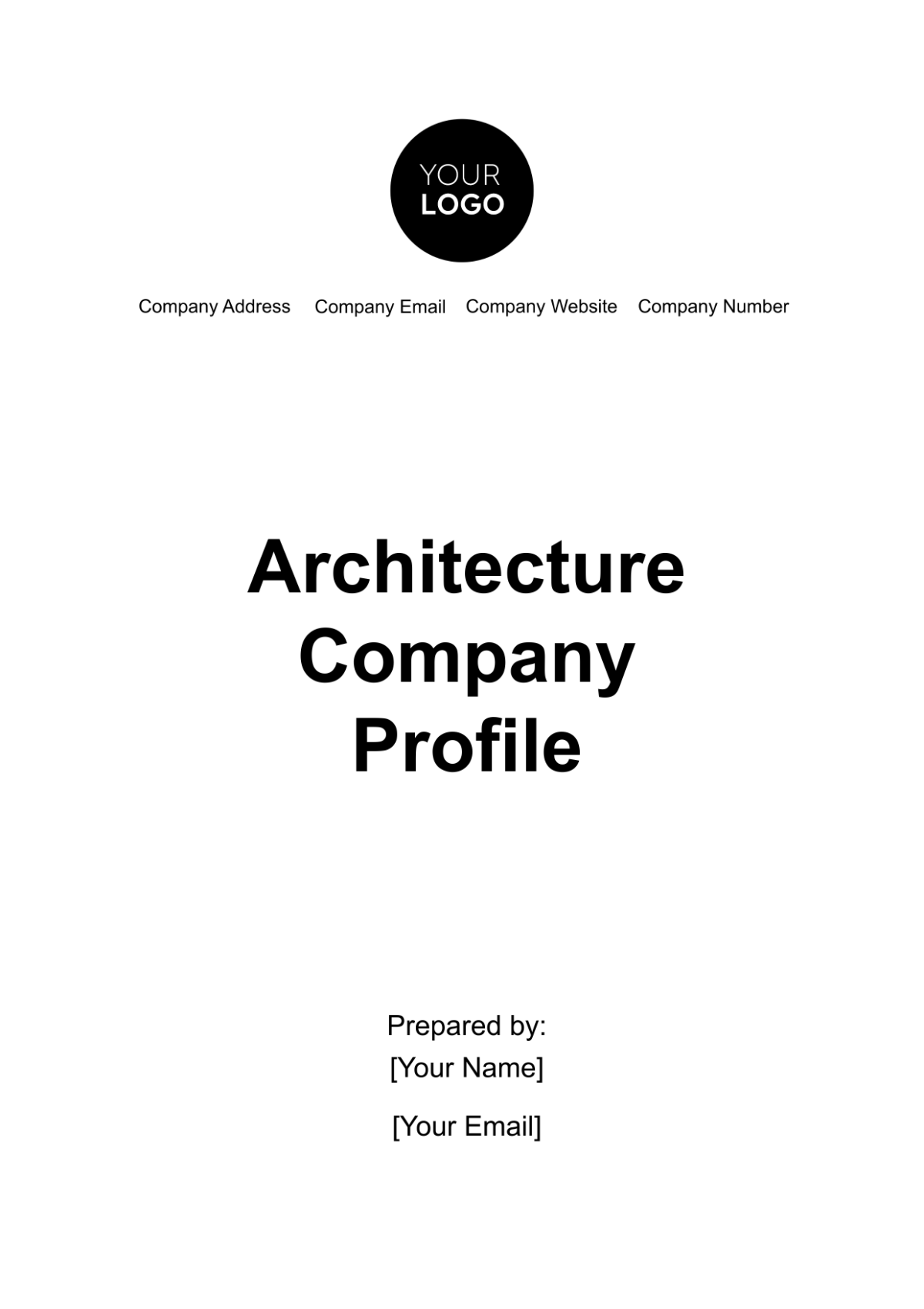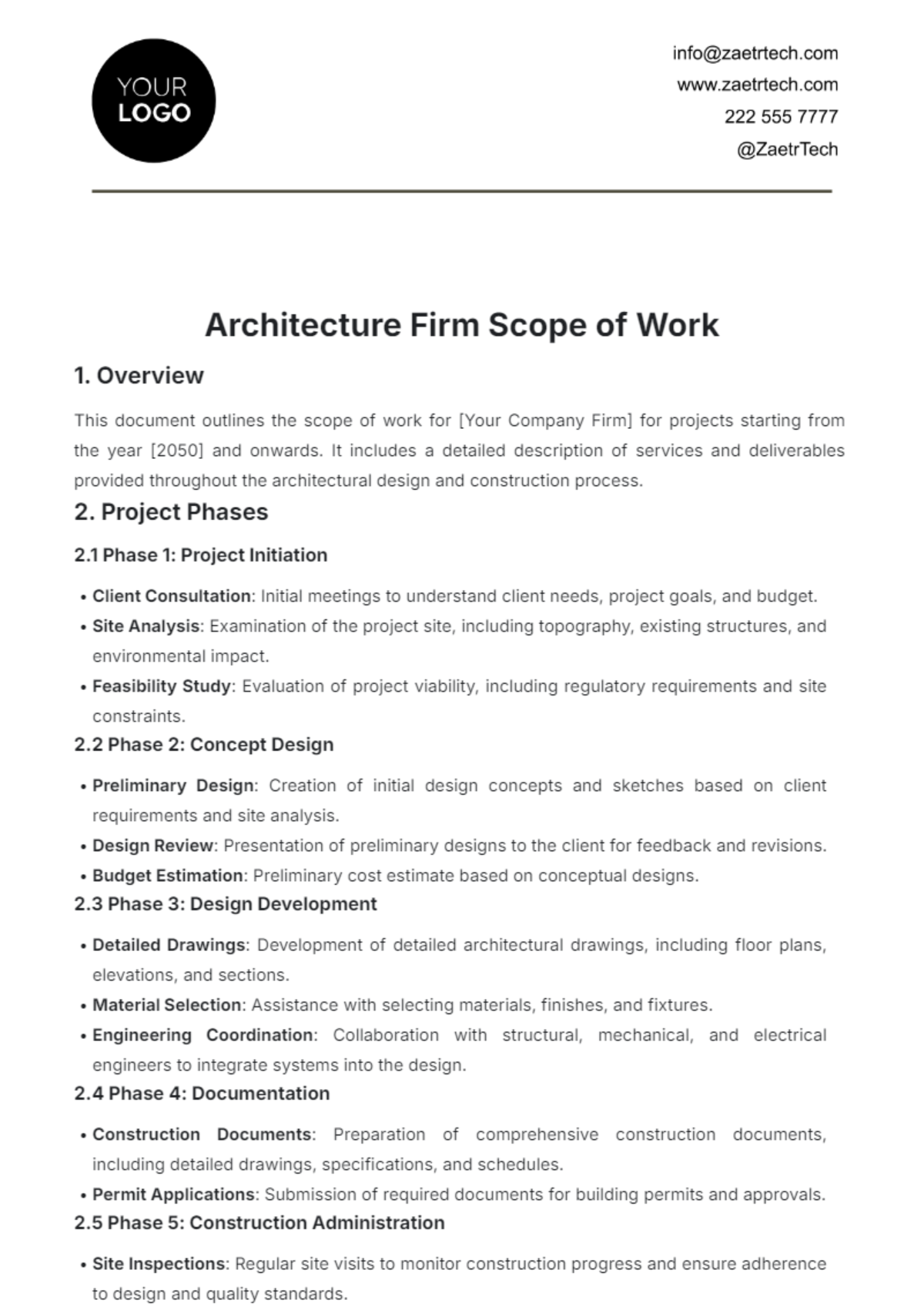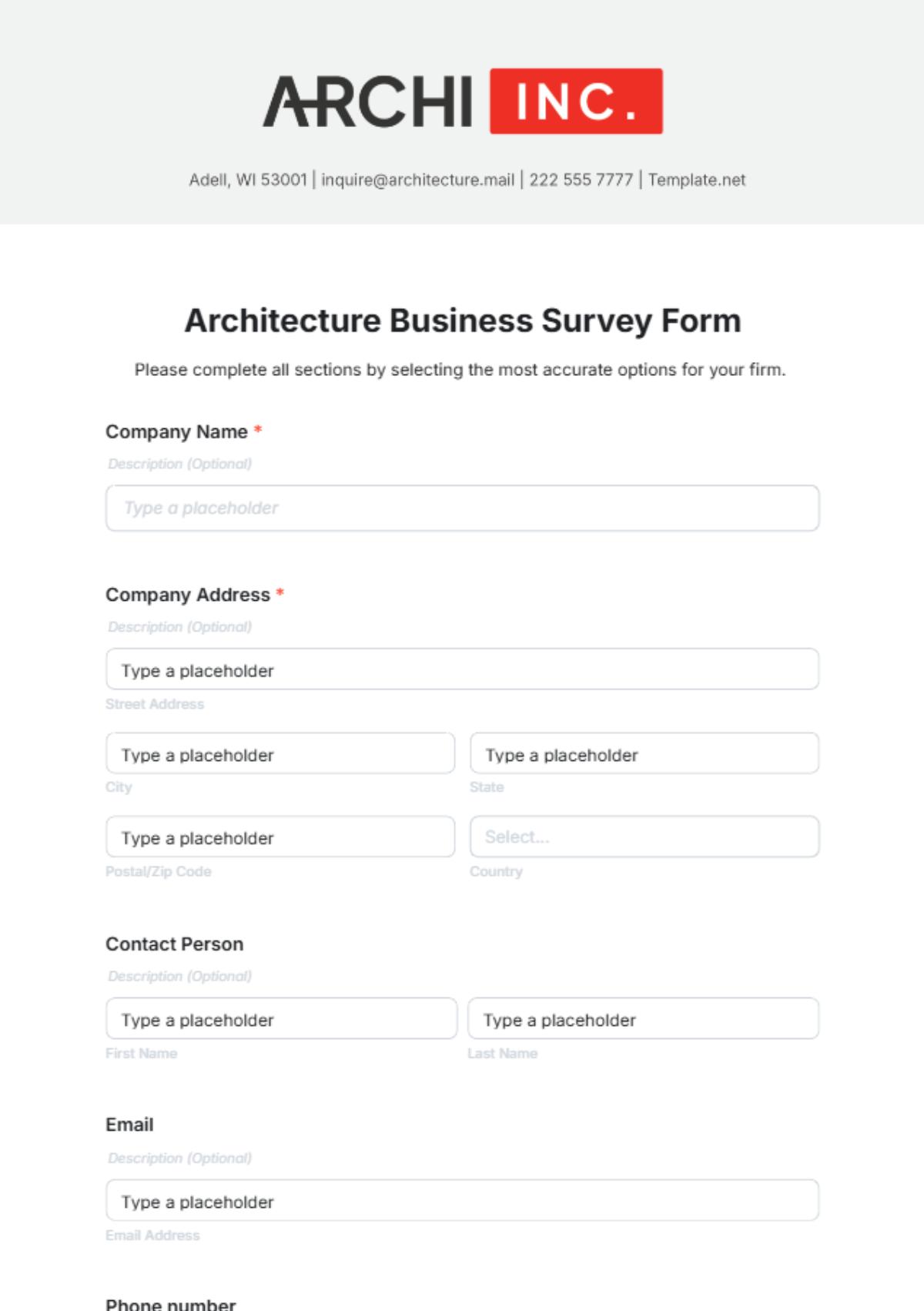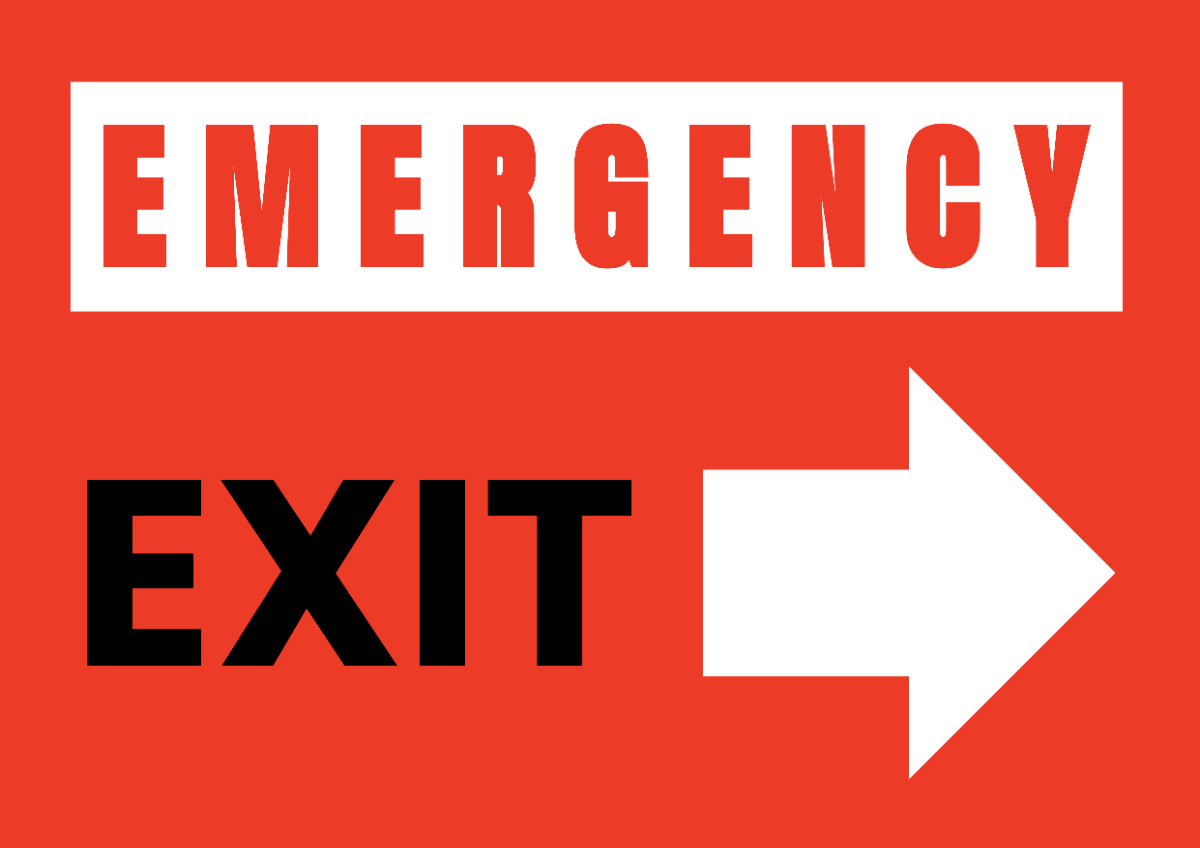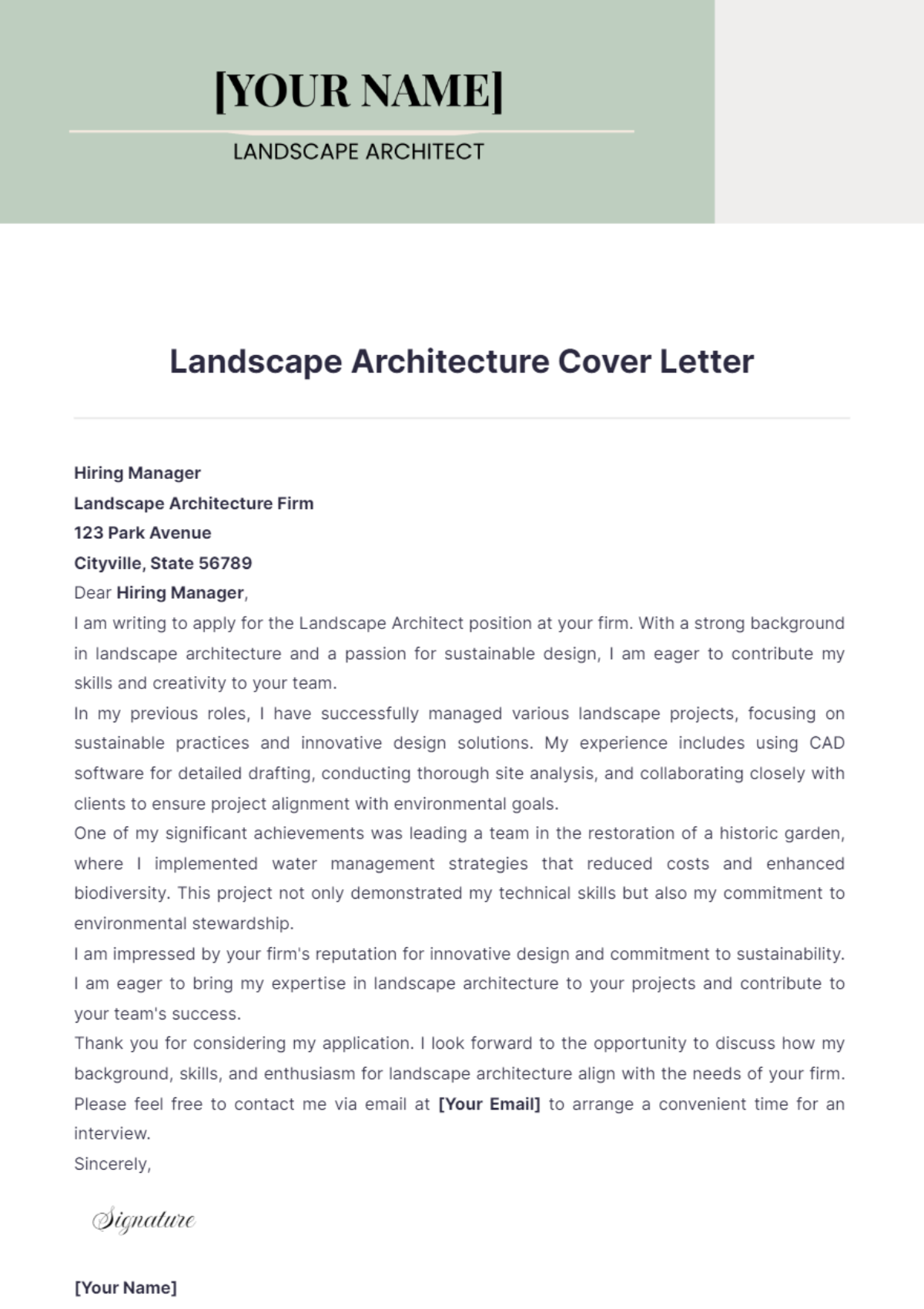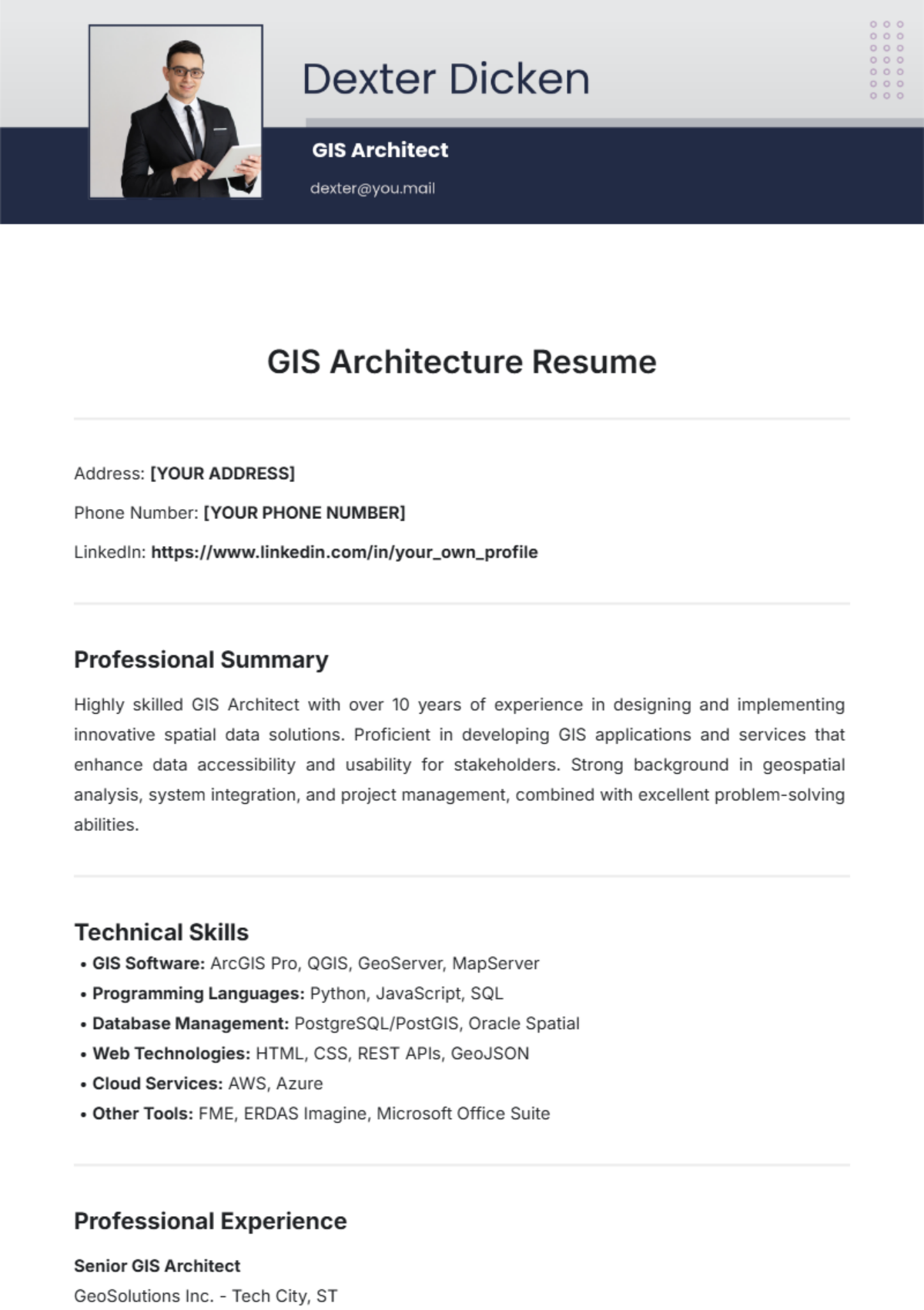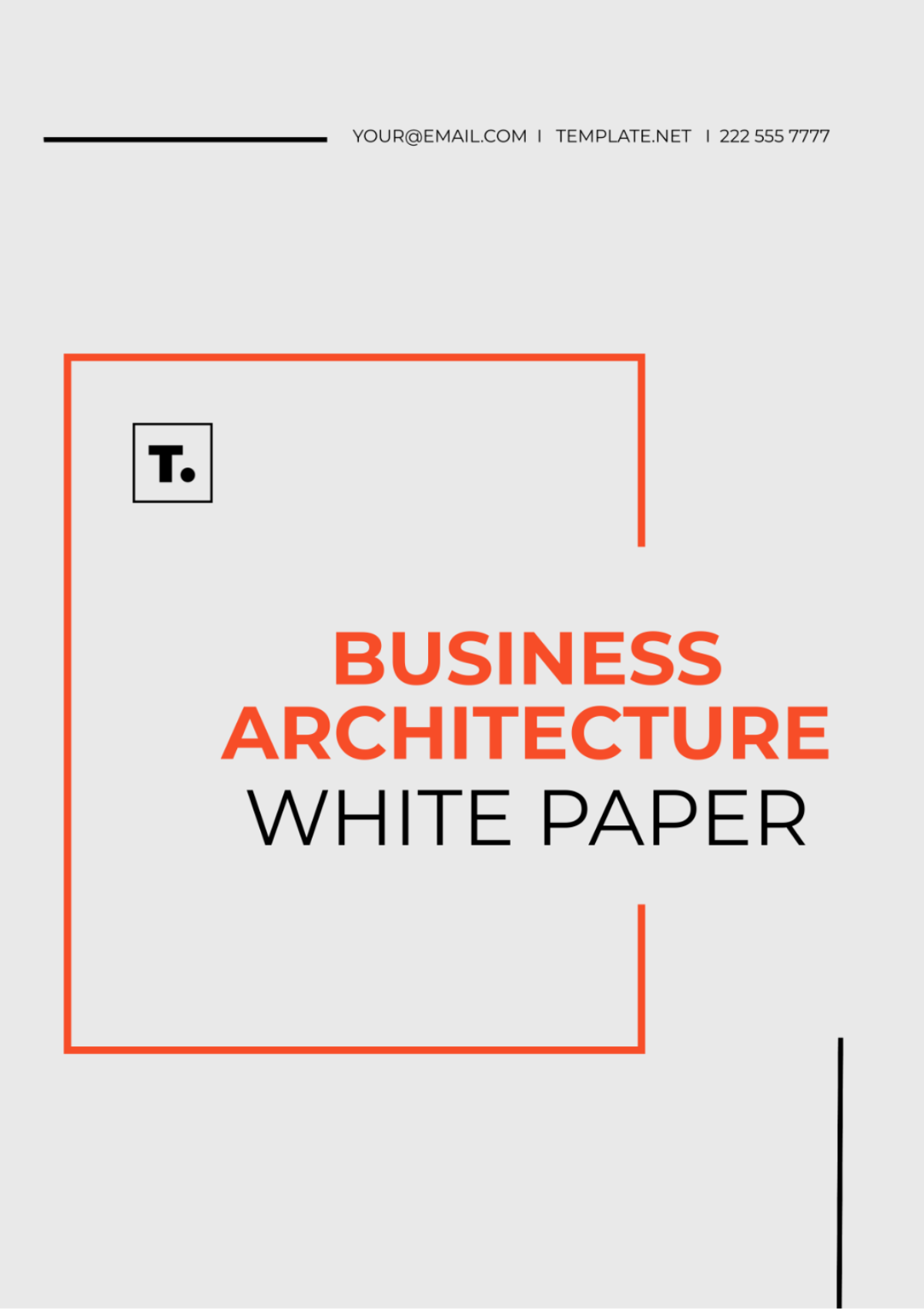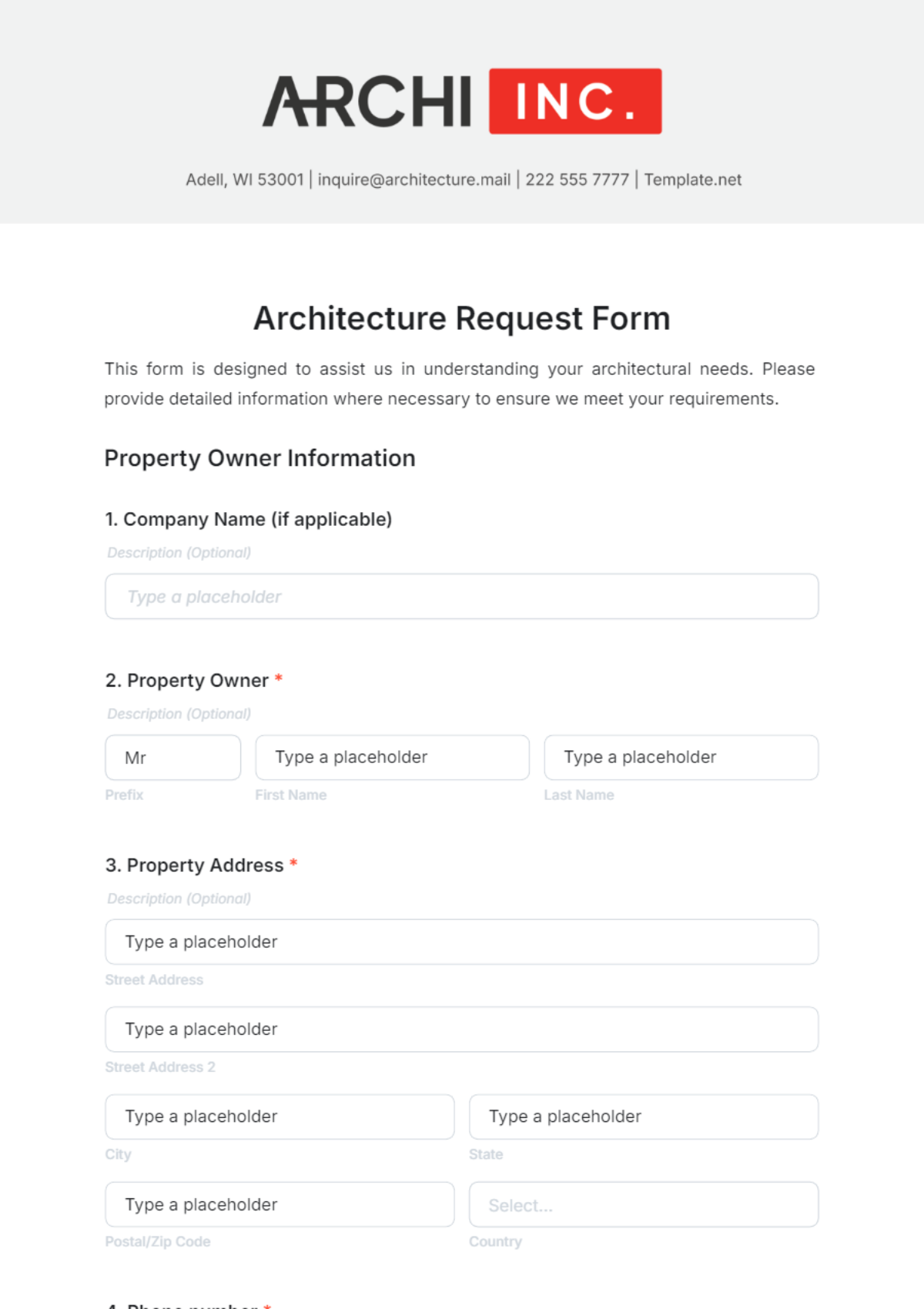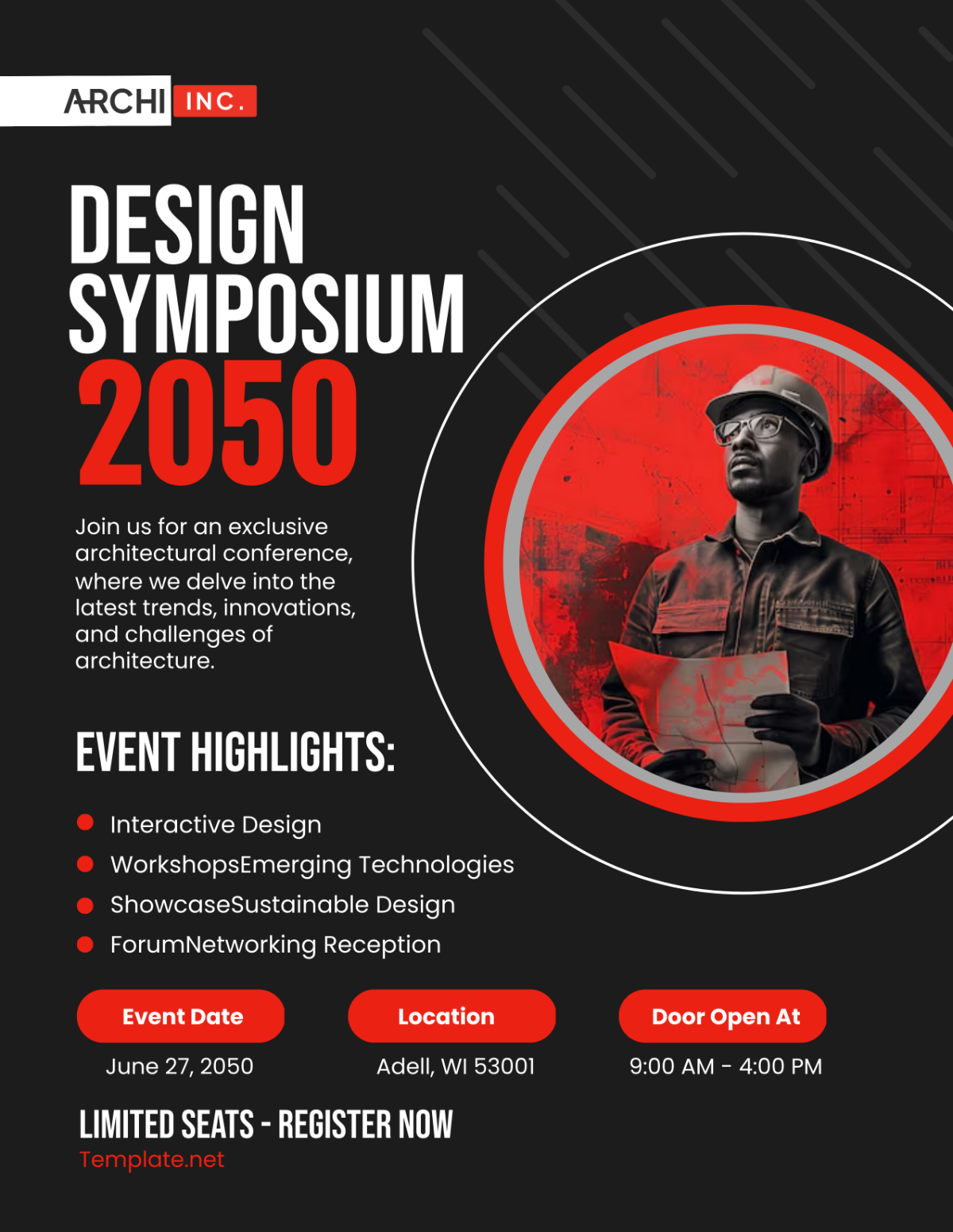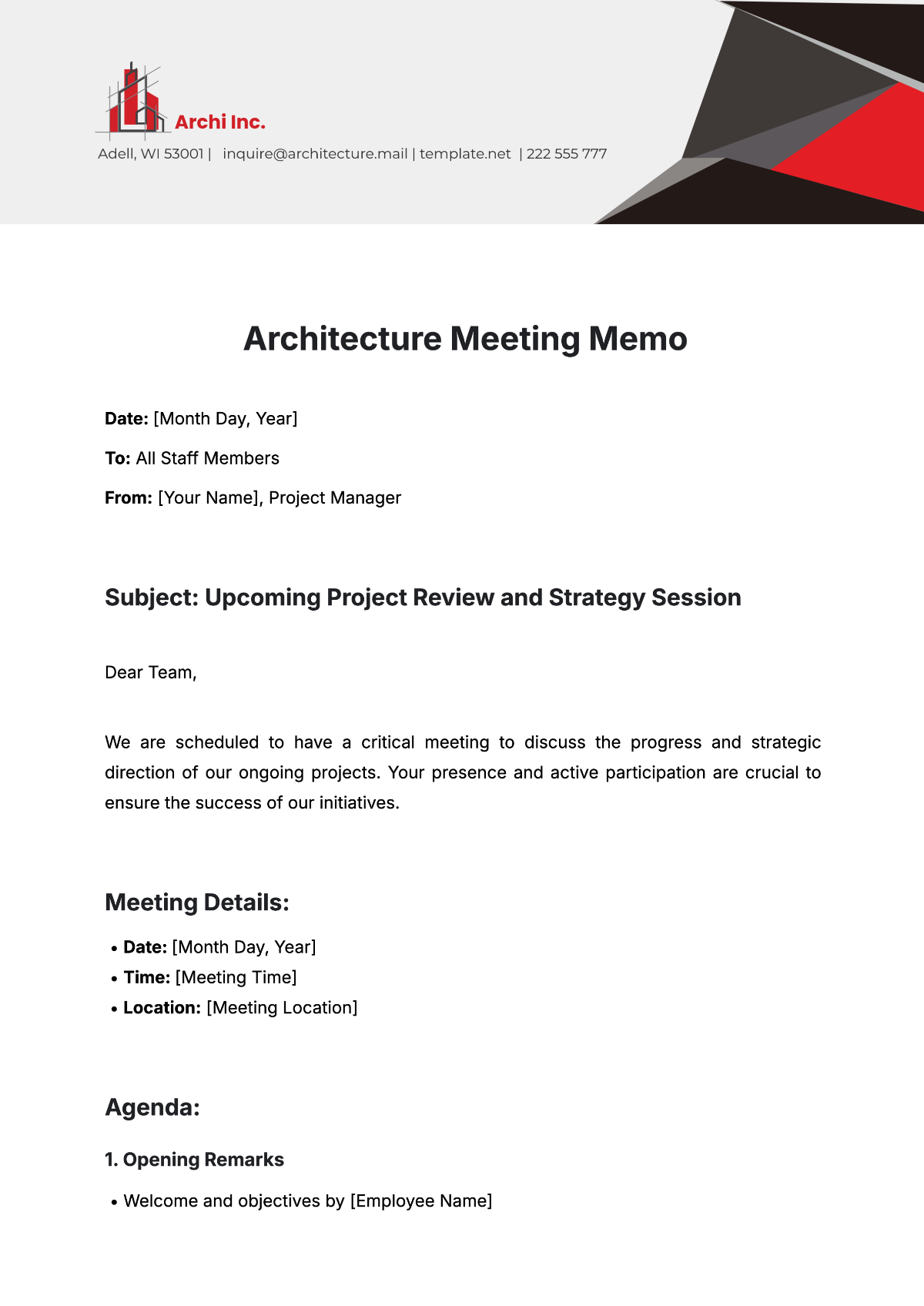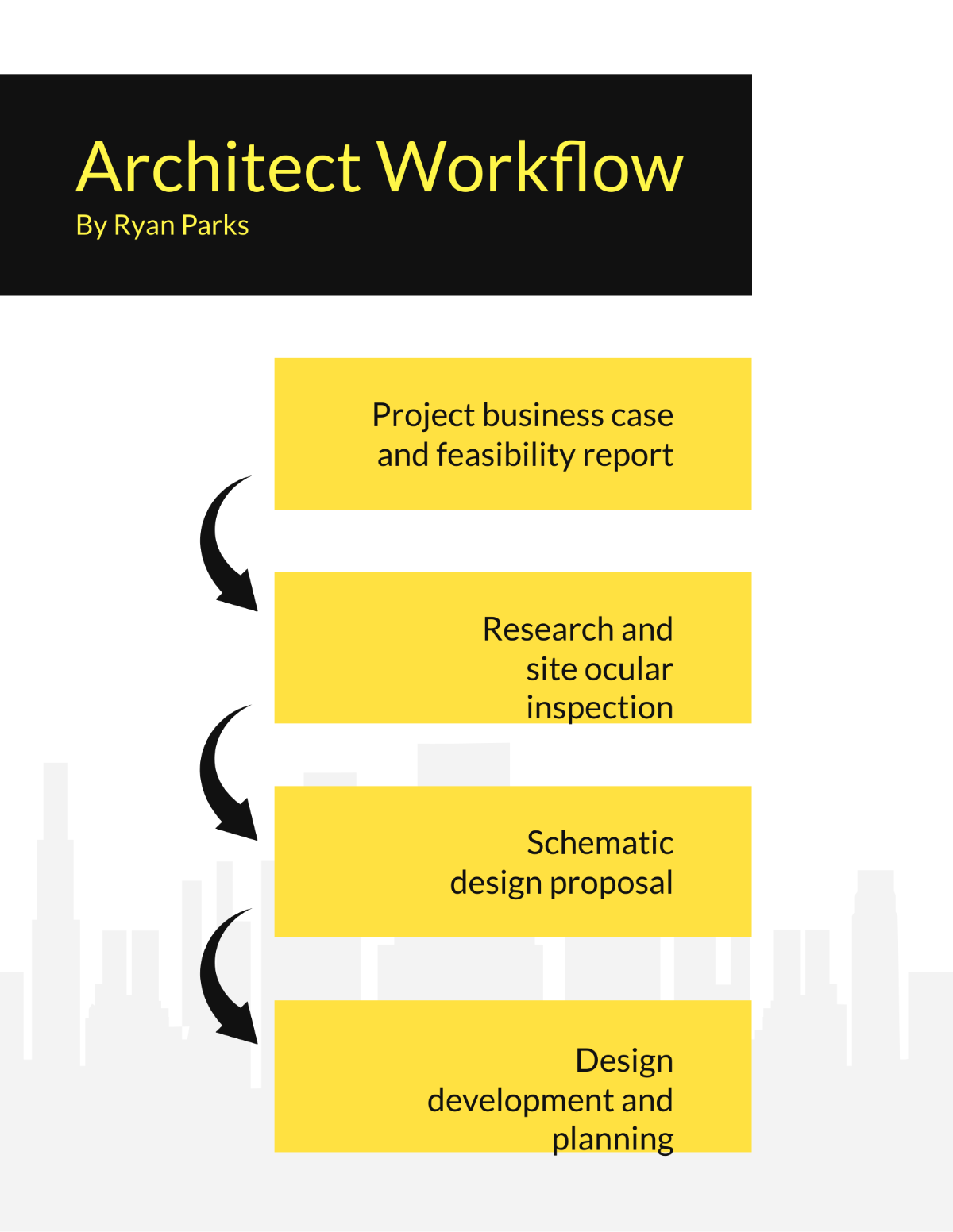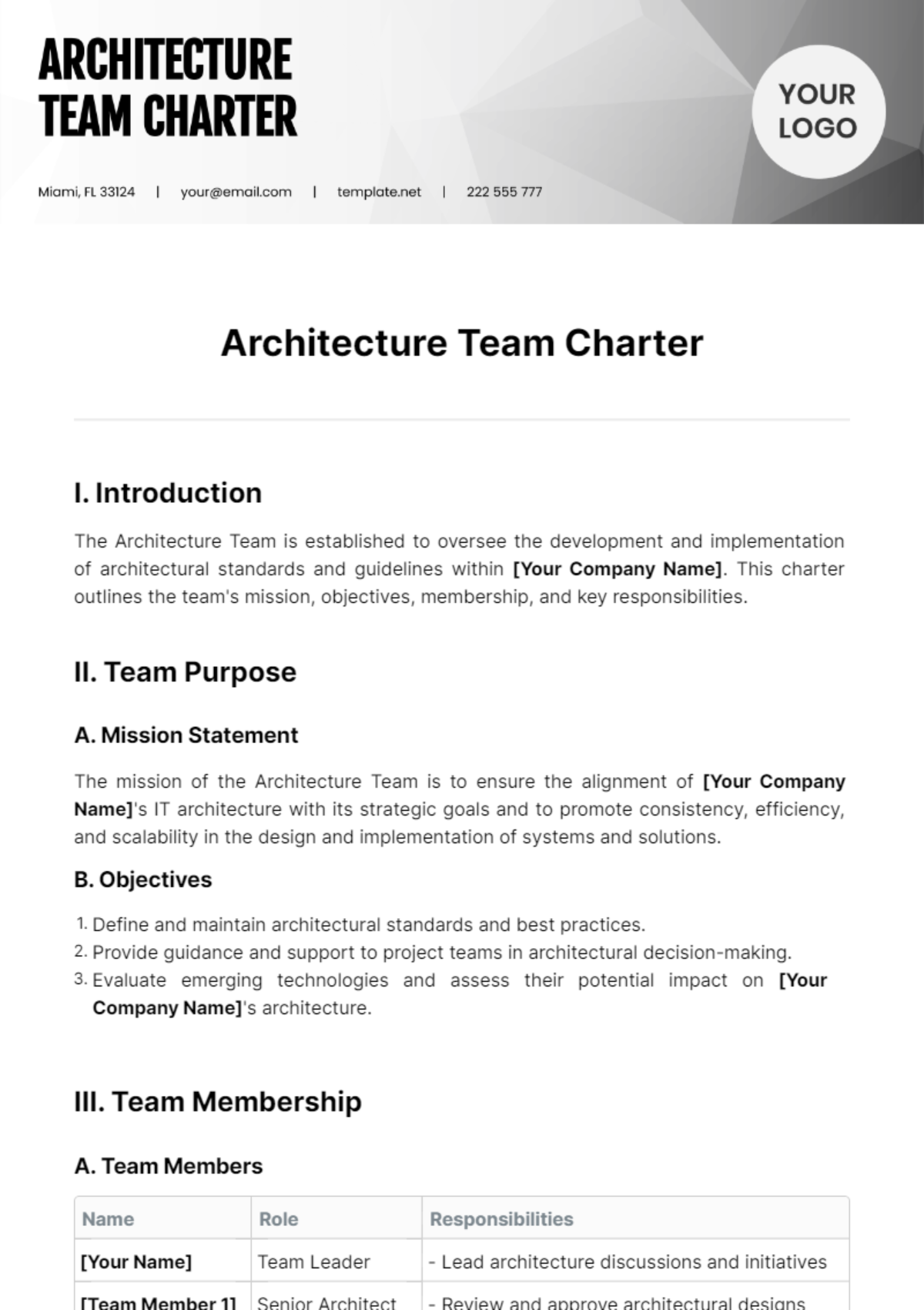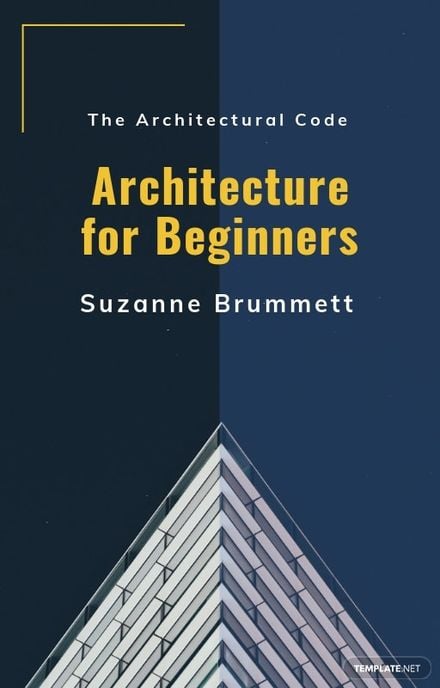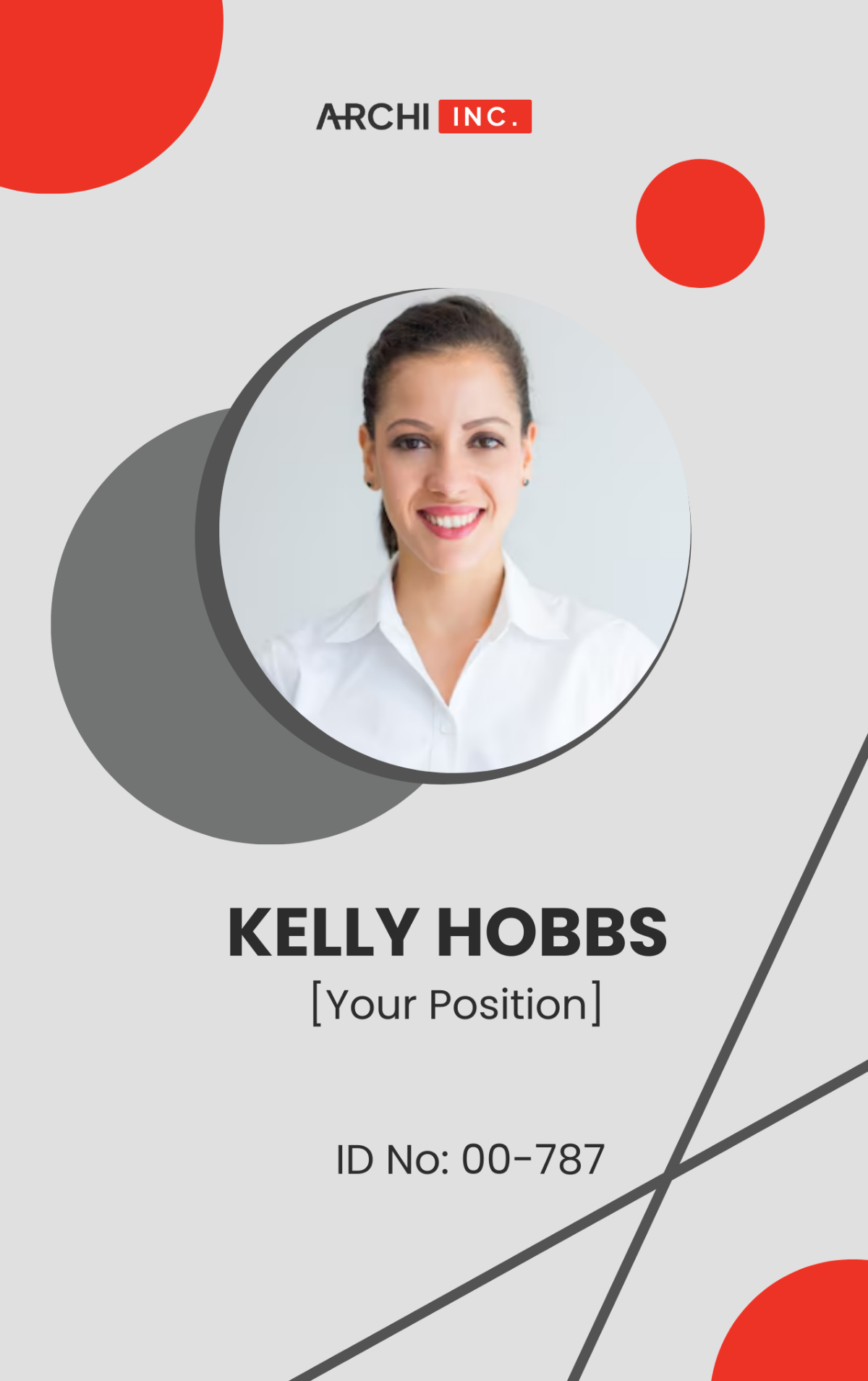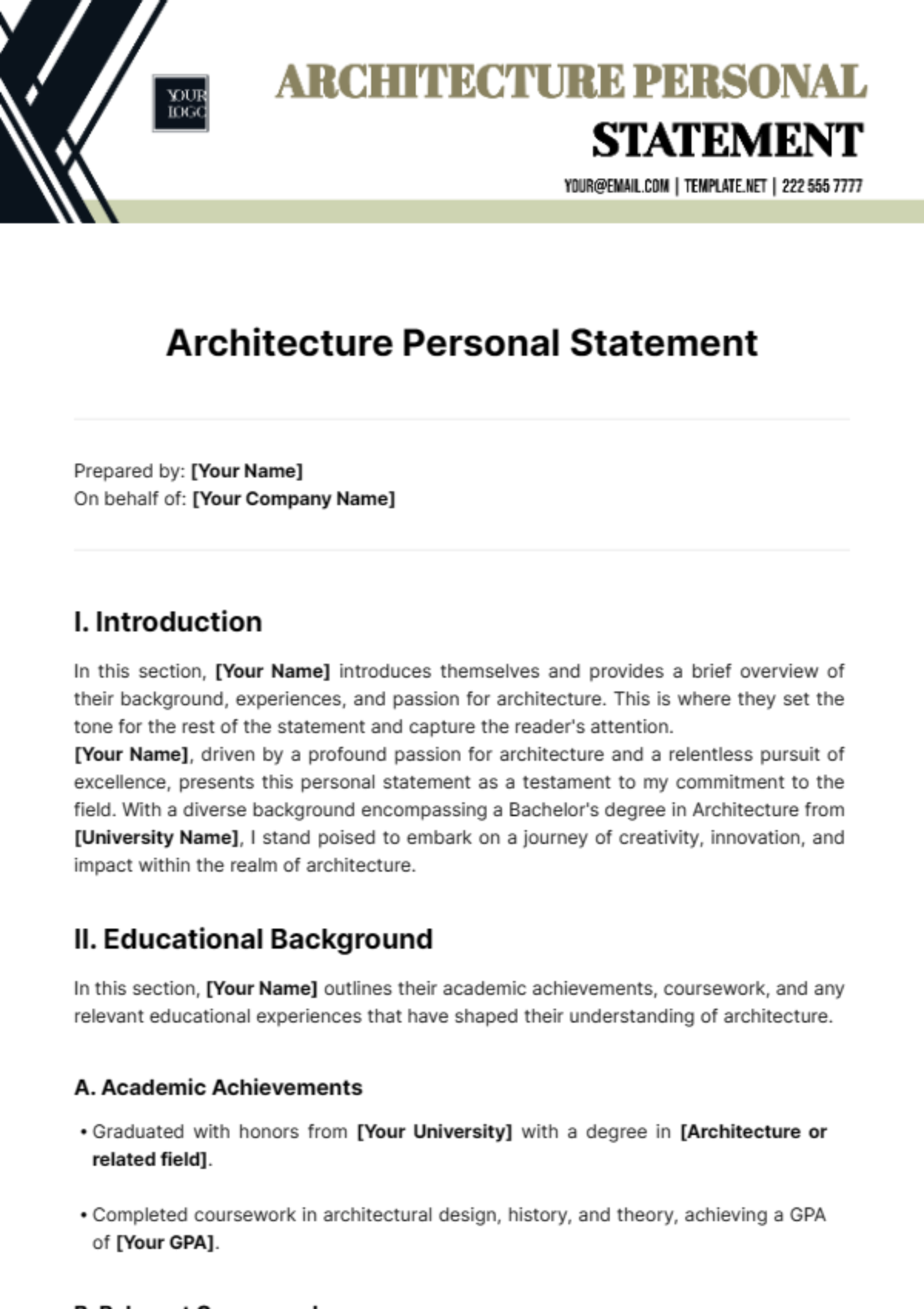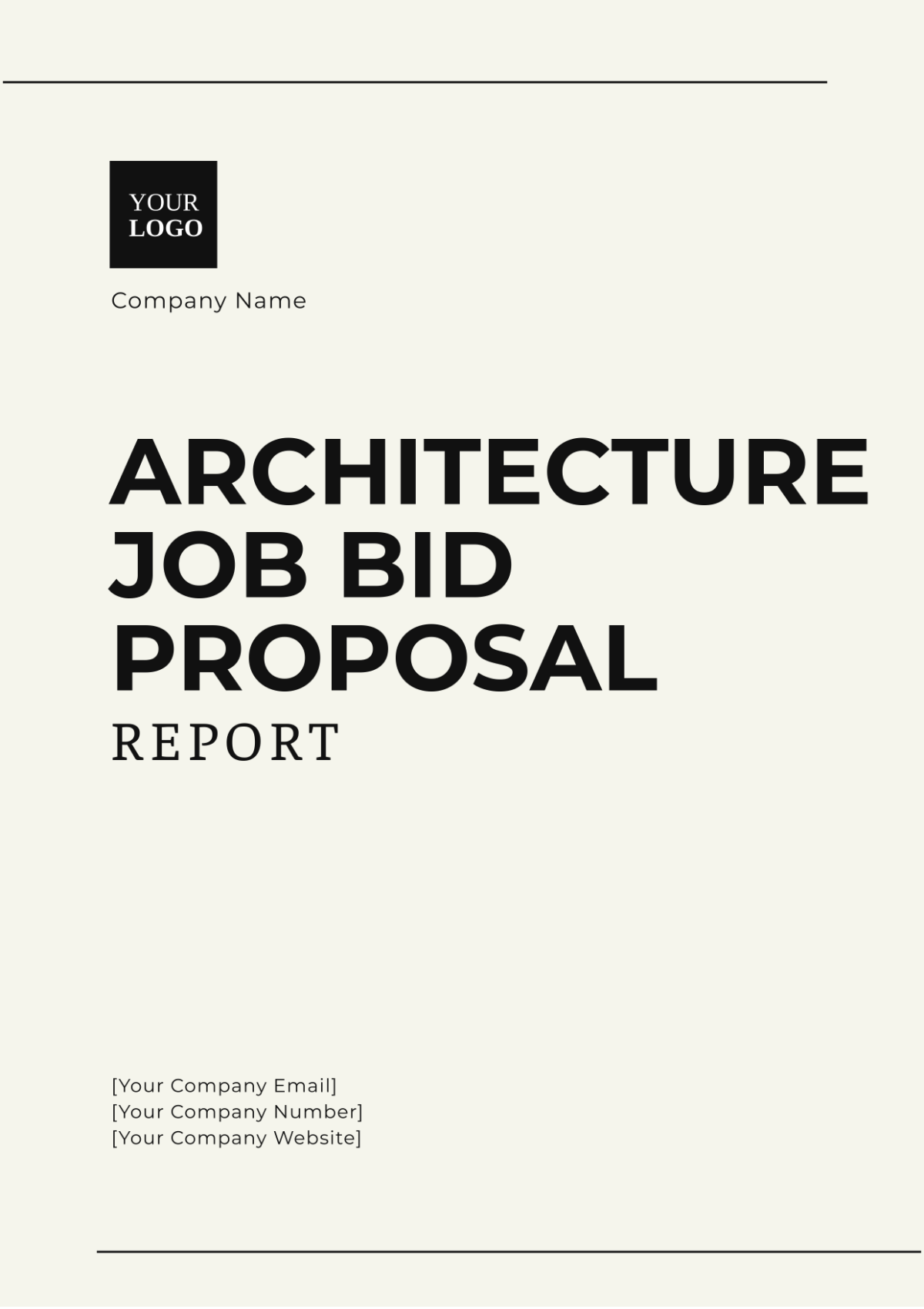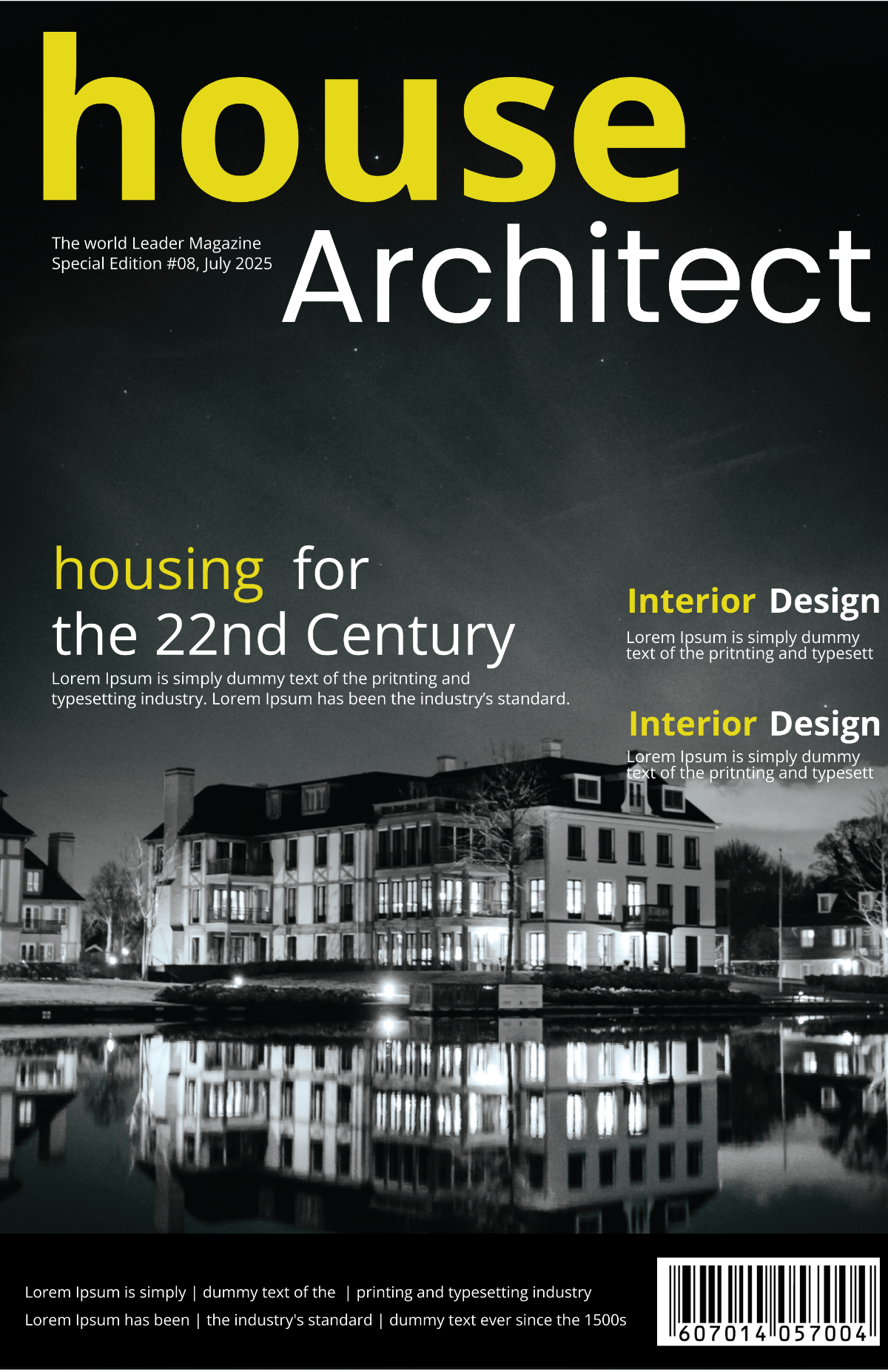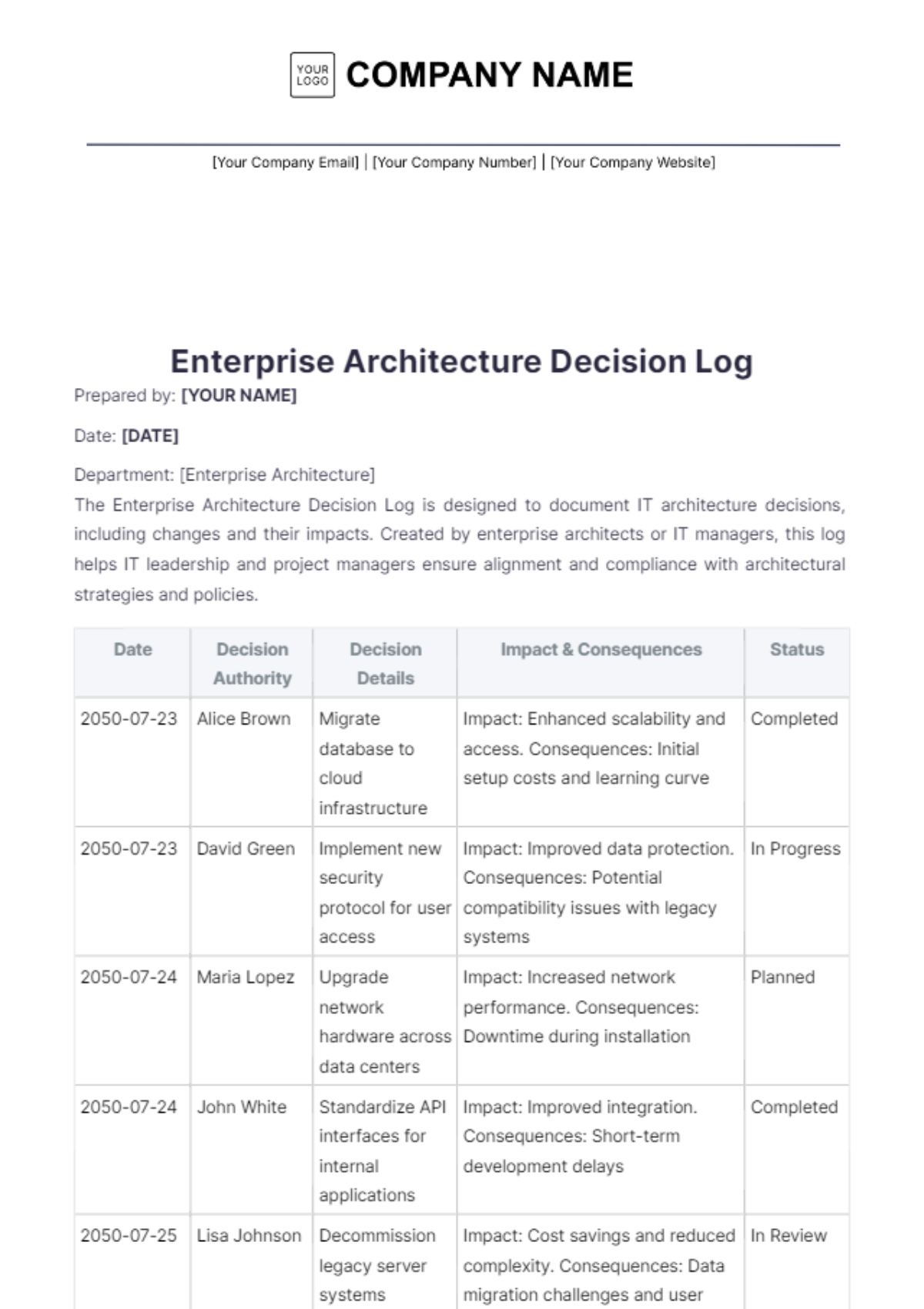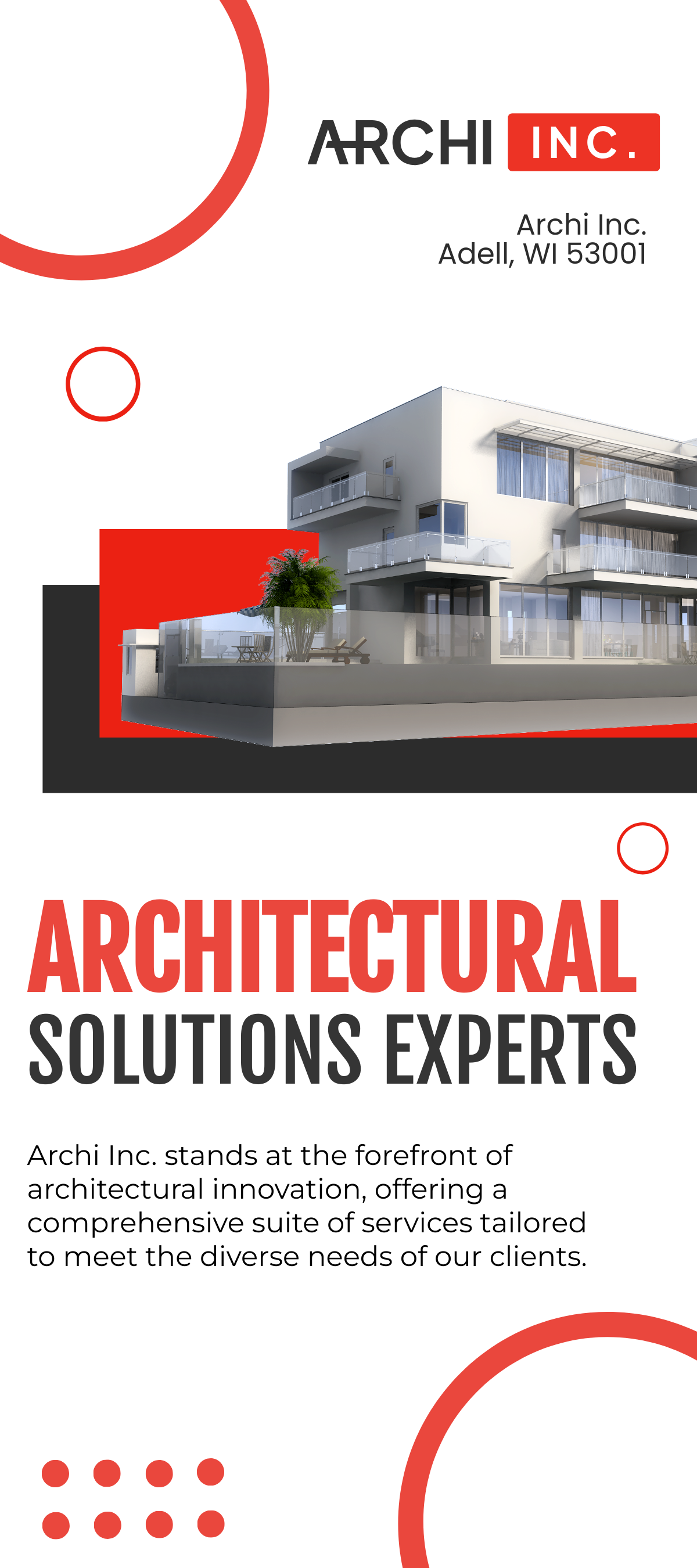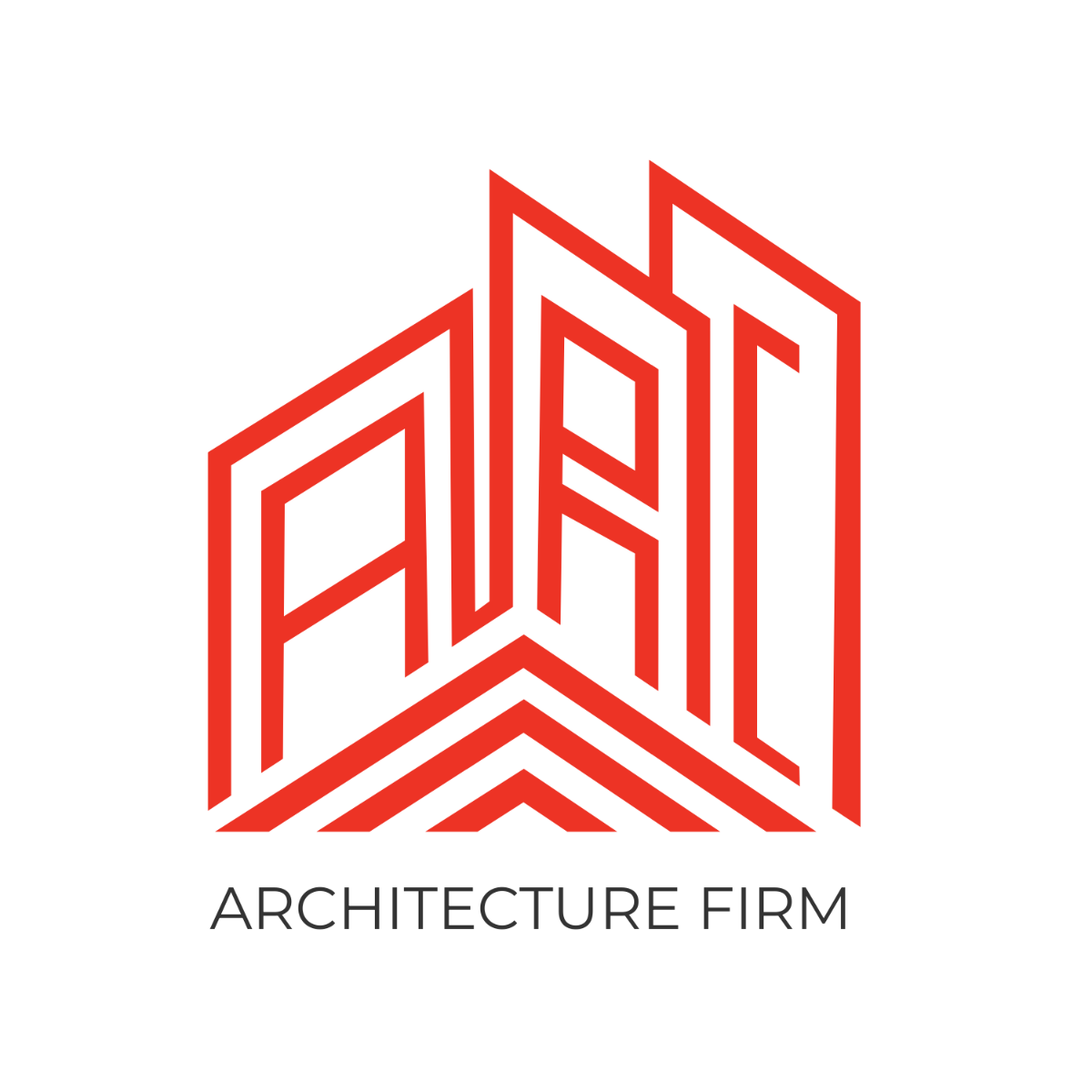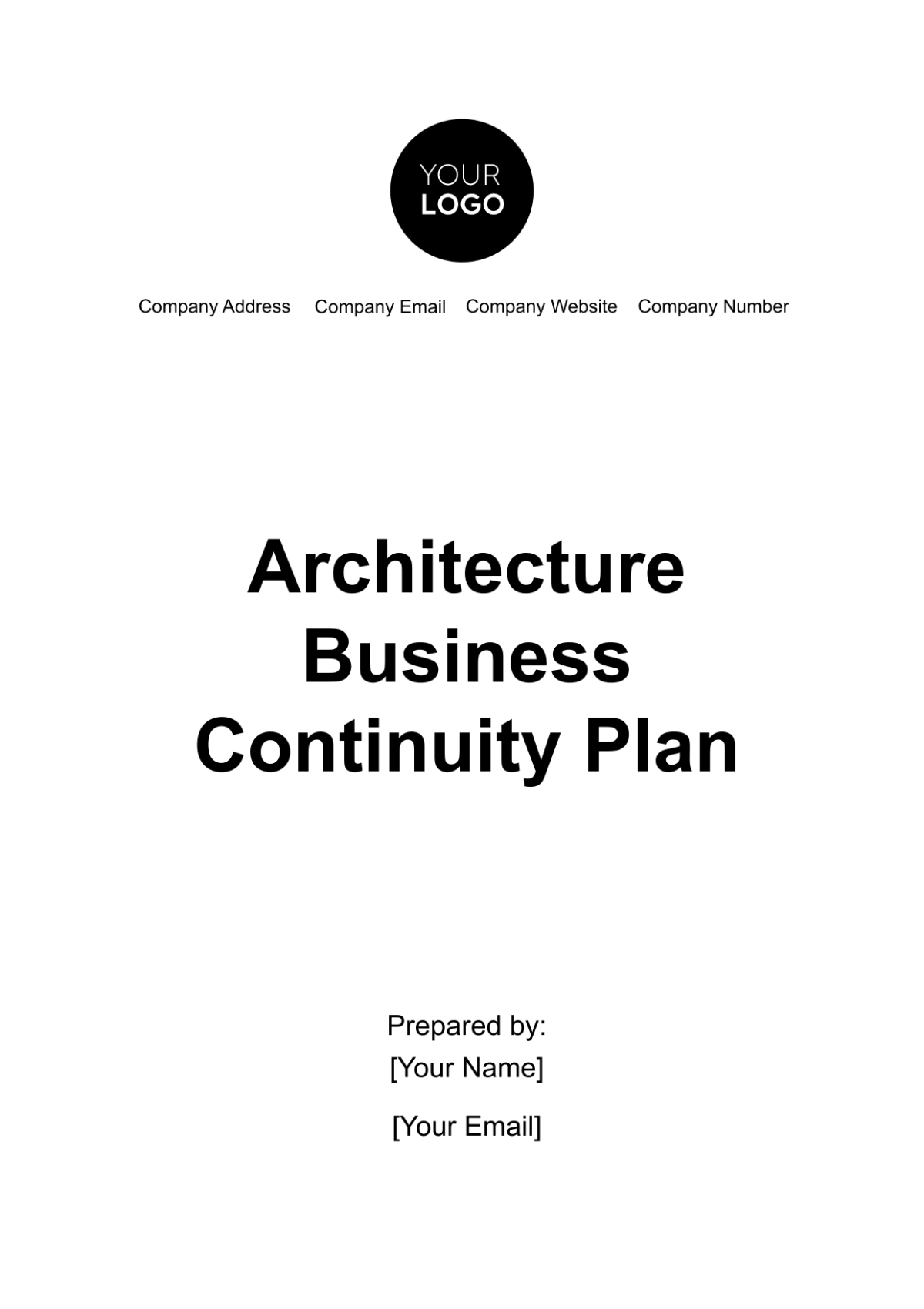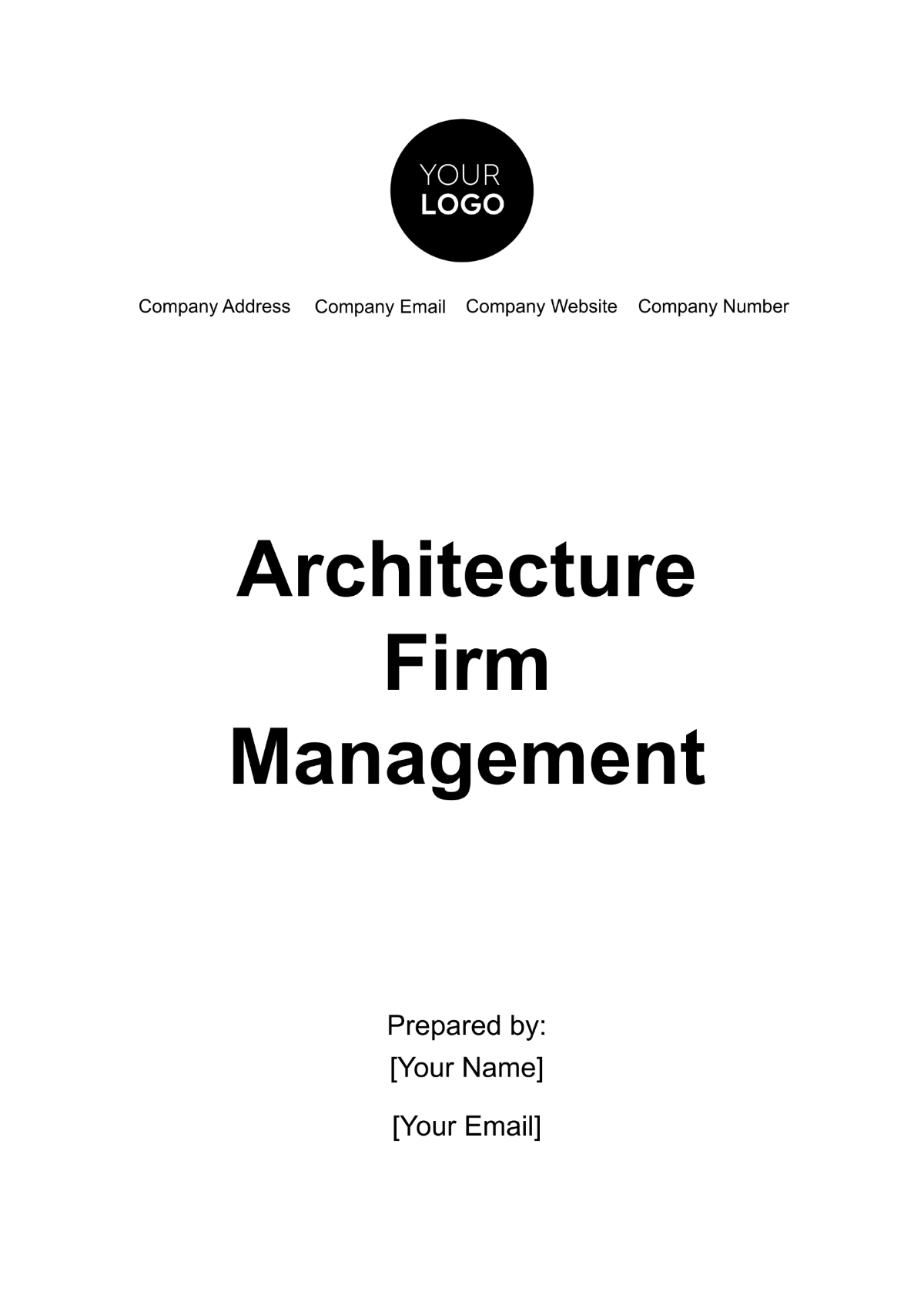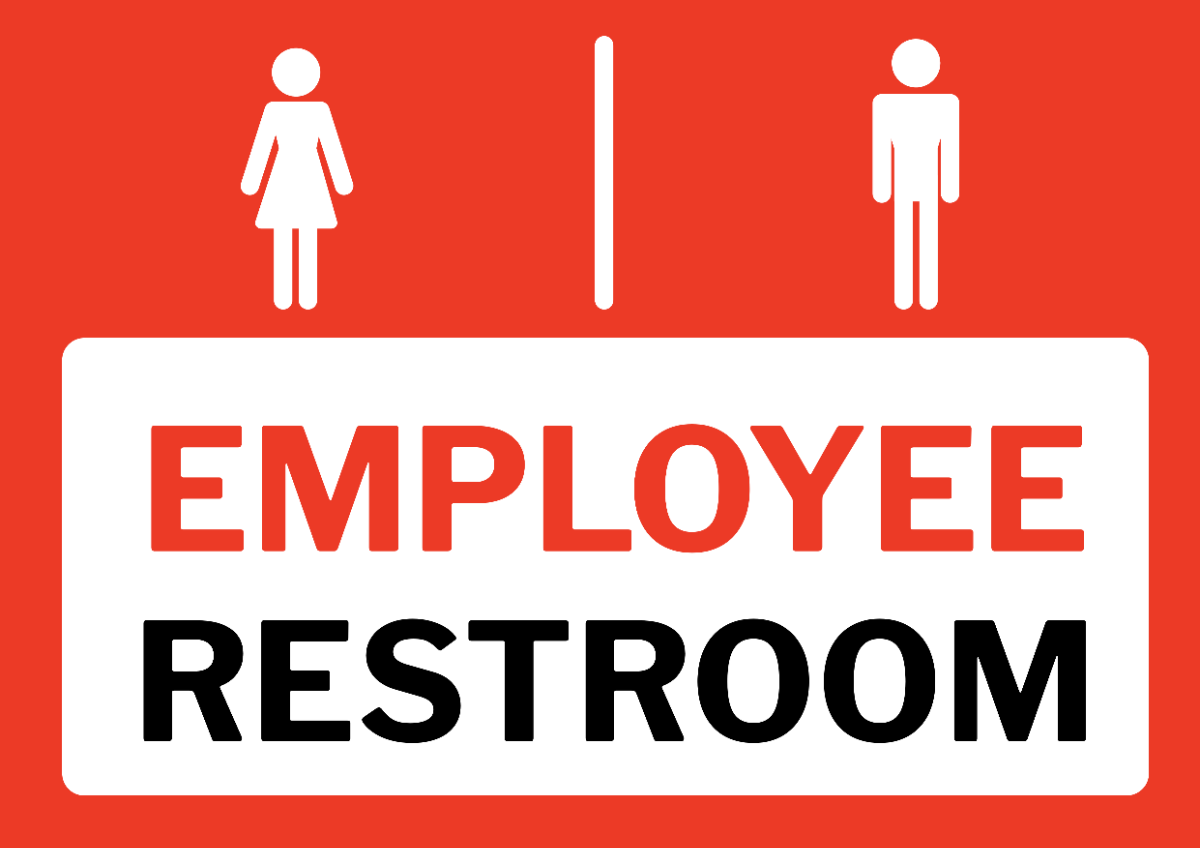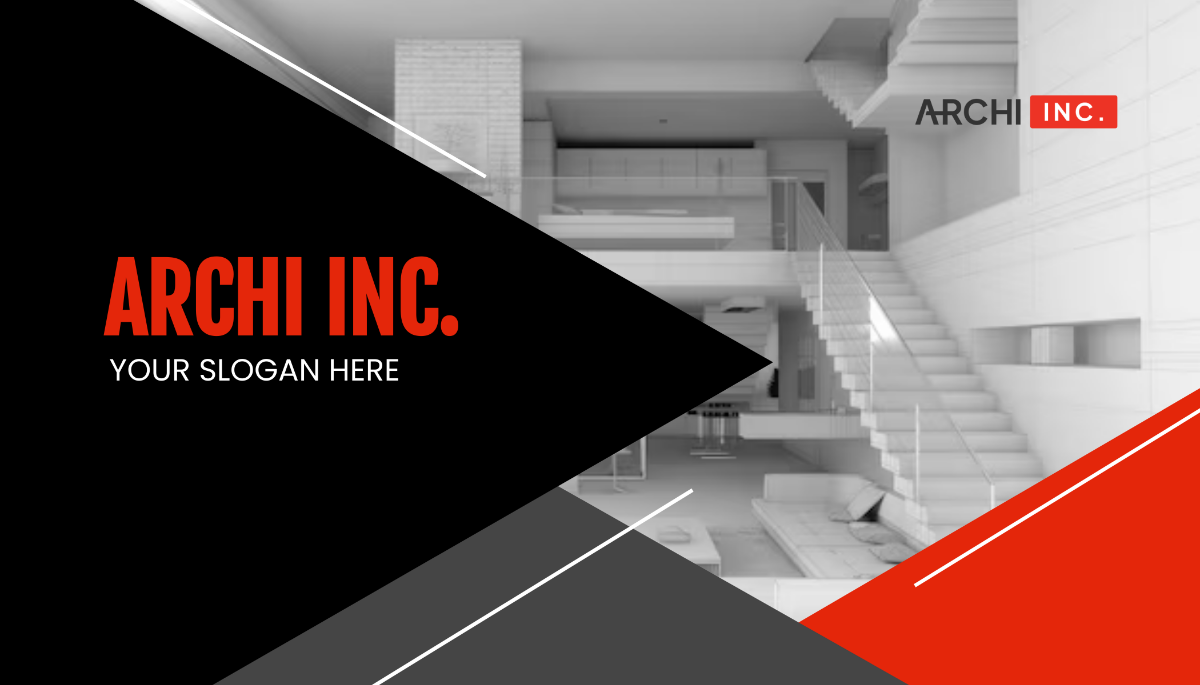Architecture Business Strategy
I. Introduction
[Your Company Name], a leading architecture firm, is committed to pioneering innovative and sustainable architectural solutions. Our strategic business plan is designed to facilitate robust growth and position our firm as a leader in the industry. This comprehensive strategy outlines our approach to achieving our goals through targeted initiatives and meticulous planning.
Our vision is to blend creativity with functionality, ensuring that every project we undertake not only meets but exceeds client expectations. We are dedicated to adopting cutting-edge technologies, implementing sustainable practices, and fostering a collaborative work environment. By doing so, we aim to deliver high-quality, efficient, and aesthetically pleasing designs that stand the test of time.
This strategy document covers key areas such as market analysis, strategic objectives, marketing and branding, financial planning, talent management, client relations, and innovation. This intends to be a detailed roadmap to guide our efforts in achieving sustainable growth and maintaining our competitive edge in the architectural industry.
II. Market Analysis
A. Industry Trends
Sustainability Focus: The architectural industry is increasingly prioritizing sustainable practices. Firms are integrating green building technologies and materials to reduce environmental impact and enhance energy efficiency.
1.1 LEED certification and other green building standards are becoming industry benchmarks. These certifications ensure that buildings are designed and constructed using strategies aimed at improving performance across key areas.
1.2 Clients are seeking eco-friendly designs that offer long-term savings and health benefits. This shift is driven by increased awareness of environmental issues and the financial benefits of energy-efficient buildings.
1.3 Innovations in sustainable materials are driving new design possibilities. These materials not only reduce the carbon footprint but also provide unique aesthetic and functional benefits.
Technological Advancements: Technology is transforming the architecture field, from design software to construction techniques.
2.1 Building Information Modeling (BIM) enhances design accuracy and collaboration. BIM allows for detailed 3D models that integrate all aspects of a building’s life cycle.
2.2 Virtual Reality (VR) allows clients to experience designs before construction begins. This immersive technology provides a realistic preview, facilitating better decision-making.
2.3 Drones and 3D printing are improving site analysis and construction processes. Drones offer precise aerial data, while 3D printing enables rapid prototyping and construction of complex structures.
Urbanization and Smart Cities: The growth of urban areas and smart city initiatives is shaping architectural demands.
3.1 Architects are designing multi-use spaces to maximize urban land use. These spaces integrate residential, commercial, and recreational functions within a single development.
3.2 Smart building technologies are being integrated for efficiency and convenience. These technologies include automated systems for lighting, heating, and security.
3.3 There's a rising demand for affordable housing solutions in urban settings. Innovative design and construction methods are being employed to address this critical need.
B. Competitive Landscape
Major Competitors: Understanding our main competitors helps us strategize effectively.
1.1 Competitor analysis reveals strengths and weaknesses in market positioning. This analysis helps us identify opportunities for differentiation.
1.2 Benchmarking against top firms helps us identify areas for improvement. It provides insights into best practices and emerging trends.
1.3 Differentiation through unique design philosophies and service offerings is crucial. This approach ensures that we stand out in a crowded market.
Market Share and Positioning: Positioning ourselves strategically within the market is essential for growth.
2.1 We focus on niche markets where our expertise offers a competitive edge. Specializing in certain types of projects can lead to higher recognition and demand.
2.2 Developing strong client relationships enhances our reputation and repeat business. Loyal clients often lead to referrals and long-term partnerships.
2.3 Expanding our service offerings can capture a larger market share. Diversifying our portfolio allows us to meet a wider range of client needs.
Client Needs and Expectations: Aligning our services with client needs ensures satisfaction and loyalty.
3.1 Clients demand high-quality, timely, and cost-effective solutions. Meeting these expectations is critical for maintaining a strong client base.
3.2 Personalization and adaptability in design are increasingly important. Tailoring our designs to specific client requirements sets us apart.
3.3 Transparent communication and project management build trust. Clear and consistent communication prevents misunderstandings and fosters positive relationships.
III. Strategic Objectives
A. Business Growth
Revenue Growth Targets: We aim to achieve a 20% annual growth in revenue through strategic initiatives.
1.1 Expanding into new geographic markets will drive additional revenue streams. This expansion allows us to tap into under-served regions with high potential.
1.2 Increasing project size and complexity allows for higher billing rates. Larger and more complex projects often come with higher budgets and fees.
1.3 Diversifying our client base reduces dependency on a few large clients. A broader client base ensures stability and reduces financial risk.
Market Expansion: Entering new markets is key to our growth strategy.
2.1 We will explore opportunities in emerging markets with high demand for architectural services. These markets present untapped potential for growth.
2.2 Establishing partnerships with local firms can ease market entry. Local partners provide valuable insights and resources.
2.3 Adapting our designs to meet regional preferences will ensure success. Understanding local cultures and preferences enhances our acceptance in new markets.
Service Diversification: Broadening our service offerings enhances our value proposition.
3.1 Adding interior design services can provide clients with comprehensive solutions. This integration ensures a cohesive design from the exterior to the interior.
3.2 Offering consulting on sustainability practices aligns with industry trends. Sustainability consulting positions us as leaders in green architecture.
3.3 Expanding into urban planning projects positions us as holistic problem solvers. Urban planning expertise allows us to take on larger, community-focused projects.
B. Operational Efficiency
Process Optimization: Streamlining our processes increases efficiency and reduces costs.
1.1 Implementing advanced project management software will enhance coordination. These tools facilitate better scheduling, resource allocation, and tracking.
1.2 Standardizing design workflows ensures consistency and quality. Standardization minimizes errors and speeds up project timelines.
1.3 Regularly reviewing and refining our processes keeps us agile and competitive. Continuous improvement is key to maintaining operational excellence.
Resource Management: Effective management of resources is vital for project success.
2.1 Optimizing staff allocation based on project needs improves productivity. Proper allocation ensures that we have the right skills on the right projects.
2.2 Investing in continuous staff training keeps skills up to date. Ongoing education ensures our team remains knowledgeable and skilled.
2.3 Utilizing technology for resource tracking ensures optimal usage. Advanced tracking tools help prevent resource wastage and inefficiencies.
Cost Control: Maintaining control over costs enhances profitability.
3.1 Negotiating better terms with suppliers reduces material costs. Strong supplier relationships can lead to cost savings and better quality.
3.2 Implementing cost-tracking tools helps monitor and manage expenses. Real-time tracking allows for prompt adjustments and better financial control.
3.3 Regular financial audits identify areas for cost-saving improvements. Audits provide insights into financial performance and highlight potential savings.
IV. Marketing and Branding
A. Brand Identity
Brand Positioning: Positioning our brand strategically in the market is essential for recognition.
1.1 We will highlight our expertise in sustainable architecture. Emphasizing our green credentials attracts environmentally conscious clients.
1.2 Showcasing our innovative design solutions will attract high-profile clients. Innovation is a key differentiator in a competitive market.
1.3 Engaging in thought leadership through industry publications boosts our credibility. Sharing our knowledge positions us as experts in the field.
Visual Identity: A strong visual identity reinforces our brand message.
2.1 Consistent use of logos, colors, and typography across all materials is crucial. Consistency ensures that our brand is easily recognizable.
2.2 High-quality photography and renderings showcase our work effectively. Visuals are a powerful tool for demonstrating our capabilities.
2.3 Creating a compelling website enhances our online presence. A well-designed website acts as a central hub for showcasing our portfolio.
Client Communication: Effective communication with clients builds strong relationships.
3.1 Regular updates on project progress keep clients informed and engaged. Transparency throughout the project lifecycle fosters trust.
3.2 Personalized communications demonstrate our commitment to client satisfaction. Tailored messages show that we value each client’s unique needs.
3.3 Soliciting client feedback helps us continuously improve our services. Feedback provides insights into client satisfaction and areas for improvement.
B. Marketing Strategies
Digital Marketing: Leveraging digital platforms expands our reach and engagement.
1.1 Utilizing social media to showcase projects and share industry insights. Social media allows us to connect with a wider audience and engage potential clients.
1.2 Implementing SEO strategies to improve our website's visibility. Higher visibility increases the chances of attracting organic traffic.
1.3 Engaging in online advertising to target specific demographics. Targeted ads ensure that our marketing efforts reach the right audience.
Networking and Partnerships: Building relationships within the industry enhances our reputation and opportunities.
2.1 Attending industry conferences and trade shows for visibility and networking. These events provide opportunities to showcase our expertise and connect with peers.
2.2 Collaborating with other firms on joint ventures expands our capabilities. Partnerships can lead to new business opportunities and resource sharing.
2.3 Joining professional organizations for credibility and access to resources. Memberships in reputable organizations enhance our credibility and provide valuable industry insights.
Content Marketing: Creating valuable content positions us as thought leaders.
3.1 Publishing whitepapers and case studies showcases our expertise. These documents provide in-depth insights into our projects and methodologies.
3.2 Maintaining a blog with regular updates on industry trends and company news. A blog keeps our audience informed and engaged with our brand.
3.3 Producing video content to highlight our projects and client testimonials. Videos are a compelling way to demonstrate our capabilities and client satisfaction.
V. Financial Planning
A. Revenue Projections
The following chart and table outline our projected revenue growth over the next five years. These projections are based on current market trends, anticipated new projects, and strategic initiatives outlined in this plan:
Year | Projected Revenue |
|---|---|
2055 | $50,000,000 |
2056 | $60,000,000 |
2057 | $72,000,000 |
2058 | $86,000,000 |
2059 | $103,000,000 |
2055: Our projected revenue for 2055 is $50 million, reflecting steady growth from our current baseline. This increase is driven by expanding our client base and entering new markets.
2056: In 2056, we anticipate a 20% revenue increase to $60 million. This growth is attributed to new projects in emerging markets and the introduction of additional services, such as interior design and sustainability consulting.
2057: By 2057, we project revenue to reach $72 million. This 20% growth is expected from our ongoing efforts to optimize processes and manage resources effectively, enhancing our operational efficiency.
2058: Our revenue for 2058 is projected to be $86 million, marking a continued 20% growth. This increase will result from larger and more complex projects, as well as successful client retention strategies.
2059: Finally, by 2059, we aim to achieve $103 million in revenue. This target reflects our strategic initiatives in innovation, technology integration, and market expansion, positioning us for sustained long-term growth.
These projections underscore the importance of our strategic initiatives in driving revenue growth. By focusing on market expansion, service diversification, and operational efficiency, we are confident in our ability to achieve these ambitious targets.
B. Cost Management
Budgeting: Effective budgeting ensures financial stability and supports strategic goals.
1.1 Establishing detailed project budgets helps manage costs effectively. Detailed budgets provide clear financial guidelines for each project.
1.2 Monitoring expenditures regularly allows for timely adjustments. Regular reviews ensure that spending stays within allocated budgets.
1.3 Allocating funds for innovation and development drives growth. Investing in new technologies and methodologies enhances our competitive edge.
Expense Reduction: Identifying areas for cost reduction improves profitability.
2.1 Negotiating with suppliers for better terms can reduce material costs. Long-term supplier relationships often lead to more favorable pricing.
2.2 Implementing energy-efficient practices reduces operational costs. Sustainable practices not only benefit the environment but also lower utility expenses.
2.3 Outsourcing non-core activities can cut costs while maintaining quality. Outsourcing allows us to focus on our core competencies.
Financial Audits: Regular financial audits ensure accountability and identify savings opportunities.
3.1 Conducting quarterly financial reviews helps maintain fiscal discipline. Frequent reviews provide insights into financial health and performance.
3.2 Identifying inefficiencies through audits can lead to significant savings. Audits reveal areas where processes can be improved or costs reduced.
3.3 Ensuring compliance with financial regulations avoids costly penalties. Adhering to regulations protects us from legal and financial risks.
VI. Talent Management
A. Recruitment and Retention
Talent Acquisition: Attracting top talent is crucial for maintaining our competitive edge.
1.1 We will leverage industry networks and job portals to reach potential candidates. This approach broadens our reach and increases our chances of finding qualified candidates.
1.2 Offering internships and apprenticeships creates a pipeline of future talent. These programs allow us to nurture and develop young professionals.
1.3 Highlighting our innovative projects and work culture in recruitment materials appeals to top-tier candidates. Showcasing our strengths attracts individuals who align with our values and goals.
Diversity and Inclusion: Promoting diversity and inclusion enhances our creativity and performance.
2.1 Implementing inclusive hiring practices ensures a diverse talent pool. Diverse teams bring varied perspectives, leading to more innovative solutions.
2.2 Providing diversity training fosters an inclusive workplace culture. Training programs educate employees about the benefits of diversity and inclusion.
2.3 Celebrating diverse perspectives and backgrounds enriches our design solutions. Encouraging diverse viewpoints enhances creativity and problem-solving.
Employee Retention: Retaining our employees is critical for maintaining expertise and continuity.
3.1 Offering career development opportunities encourages long-term commitment. Providing paths for advancement keeps employees motivated and engaged.
3.2 Creating a supportive and engaging work environment enhances job satisfaction. A positive work culture reduces turnover and boosts morale.
3.3 Regular feedback and recognition programs boost morale and loyalty. Acknowledging achievements fosters a sense of value and belonging.
B. Professional Development
Training Programs: Continuous learning and development keep our team at the cutting edge.
1.1 We will offer regular workshops and seminars on the latest industry trends. These events provide opportunities for employees to stay current with advancements.
1.2 Encouraging certifications and advanced degrees supports professional growth. Additional qualifications enhance employee skills and knowledge.
1.3 Providing access to online learning platforms facilitates ongoing education. Digital resources allow for flexible and continuous learning.
Leadership Development: Developing future leaders ensures our firm's sustainability.
2.1 Identifying high-potential employees for leadership training programs. Recognizing and nurturing talent prepares the next generation of leaders.
2.2 Mentorship opportunities pair emerging leaders with experienced mentors. Mentorship provides guidance and accelerates leadership development.
2.3 Offering management training courses prepares employees for leadership roles. Formal training equips potential leaders with essential skills.
Performance Management: Effective performance management drives excellence.
3.1 Setting clear performance goals and metrics for each role. Defined goals provide direction and motivation for employees.
3.2 Conducting regular performance reviews with constructive feedback. Reviews offer opportunities for growth and improvement.
3.3 Recognizing and rewarding outstanding performance motivates employees. Incentives and recognition programs foster a culture of excellence.
VII. Client Relations
A. Client Acquisition
Targeted Marketing: Effective marketing strategies attract new clients.
1.1 Utilizing data analytics to identify and target potential clients. Analytics help us understand client needs and tailor our marketing efforts.
1.2 Crafting personalized marketing messages that resonate with target audiences. Personalized messages increase engagement and interest.
1.3 Leveraging client testimonials and case studies to build credibility. Positive feedback from previous clients enhances our reputation.
Networking Events: Building relationships through events fosters client acquisition.
2.1 Hosting industry seminars and workshops to showcase our expertise. These events position us as thought leaders and attract potential clients.
2.2 Participating in trade shows and conferences to connect with potential clients. Networking opportunities at these events expand our reach.
2.3 Organizing client appreciation events to strengthen existing relationships. Appreciation events demonstrate our commitment to client satisfaction.
Referral Programs: Encouraging referrals expands our client base.
3.1 Offering incentives for clients who refer new business to us. Incentives encourage satisfied clients to spread the word.
3.2 Creating a formal referral program with clear guidelines and rewards. A structured program ensures transparency and fairness.
3.3 Promoting the program through various channels to maximize participation. Marketing the referral program increases its visibility and effectiveness.
B. Client Retention
Exceptional Service Delivery: Delivering exceptional service ensures client satisfaction and loyalty.
1.1 Adhering to project timelines and budgets meets client expectations. Timely and cost-effective delivery is crucial for client satisfaction.
1.2 Providing high-quality design solutions that exceed client needs. Superior design quality distinguishes us from competitors.
1.3 Maintaining open and transparent communication throughout the project. Clear communication builds trust and prevents misunderstandings.
Client Feedback: Regularly soliciting and acting on client feedback drives continuous improvement.
2.1 Conducting post-project surveys to gather client insights. Surveys provide valuable feedback on our performance.
2.2 Implementing feedback mechanisms for ongoing projects. Continuous feedback helps us make real-time adjustments.
2.3 Analyzing feedback to identify trends and areas for enhancement. Data-driven insights guide our improvement efforts.
Value-Added Services: Offering additional services enhances our value proposition.
3.1 Providing maintenance and support services post-project completion. Ongoing support strengthens client relationships.
3.2 Offering training sessions on maintaining and operating new facilities. Training ensures clients can effectively use and maintain their buildings.
3.3 Developing customized solutions for unique client needs. Tailored services demonstrate our commitment to client success.
VIII. Innovation and Technology
A. Technological Integration
Advanced Design Tools: Utilizing cutting-edge design tools enhances our capabilities.
1.1 Adopting Building Information Modeling (BIM) for all projects. BIM improves accuracy and collaboration throughout the project lifecycle.
1.2 Implementing virtual reality (VR) for immersive design presentations. VR allows clients to experience designs in a realistic, interactive environment.
1.3 Leveraging artificial intelligence (AI) for design optimization. AI tools provide insights and solutions that enhance design efficiency and creativity.
Construction Technology: Modern construction technologies improve efficiency and quality.
2.1 Using drones for site analysis and progress monitoring. Drones provide precise aerial data and real-time updates.
2.2 Incorporating 3D printing for rapid prototyping and construction. 3D printing enables the creation of complex structures quickly and cost-effectively.
2.3 Employing robotics for automation in construction processes. Robotics enhance precision and reduce labor costs.
Sustainability Technologies: Sustainable technologies reduce environmental impact and operational costs.
3.1 Integrating renewable energy systems in our designs. Renewable energy solutions contribute to energy efficiency and cost savings.
3.2 Utilizing smart building technologies for energy management. Smart systems optimize resource usage and enhance building performance.
3.3 Adopting sustainable materials and construction methods. Eco-friendly materials and practices reduce our carbon footprint.
B. Research and Development
Innovative Practices: Investing in innovative practices keeps us at the forefront of the industry.
1.1 Establishing a dedicated R&D team to explore new technologies. An R&D team ensures we continuously innovate and improve.
1.2 Collaborating with academic institutions for cutting-edge research. Partnerships with universities provide access to the latest research and developments.
1.3 Participating in industry research initiatives and pilot programs. Engaging in research projects positions us as leaders in innovation.
Product Development: Developing new products and services expands our offerings.
2.1 Creating proprietary design tools and software enhances our capabilities. Custom tools streamline processes and improve efficiency.
2.2 Developing new construction methods and materials. Innovations in construction technology improve quality and reduce costs.
2.3 Offering new consulting services based on emerging trends. Expanding our services to include consulting on the latest industry trends adds value for clients.
Knowledge Sharing: Sharing knowledge within the firm fosters a culture of innovation.
3.1 Organizing regular knowledge-sharing sessions and workshops. Internal workshops encourage the exchange of ideas and best practices.
3.2 Creating a centralized knowledge repository for easy access to information. A knowledge base ensures all employees have access to valuable insights and resources.
3.3 Encouraging cross-functional collaboration on projects. Collaborative projects bring together diverse perspectives and expertise.
IX. Wrap Up
[Your Company Name]'s business strategy is designed to drive growth, enhance operational efficiency, and position our firm as a leader in the architectural industry. By focusing on market expansion, innovative practices, and exceptional client service, we are confident in our ability to achieve our ambitious goals.
Our commitment to sustainability, technological integration, and talent development ensures that we remain at the forefront of industry trends. As we implement this comprehensive strategy, we look forward to continued success and growth, delivering outstanding architectural solutions that exceed client expectations.
